LEGO Creator Expert 10283 NASA Space Shuttle Discovery review
10283 NASA Space Shuttle Discovery is the largest, most detailed space shuttle the LEGO Group has ever created – so will this set leave you feeling over the moon, or is it just a waste of space?
The Space Shuttle was NASA’s low-Earth orbital spacecraft system, operating from 1981 to 2011. There were six built in total, with Discovery the third to be constructed. In its 27 years of service, Discovery flew 39 separate missions, accumulated more time in space than any other spacecraft to date and was involved in some of NASA’s most important scientific missions, most notably carrying the Hubble Space Telescope into orbit.
Over the years there have been countless LEGO sets influenced by the iconic spacecraft, varying in both size and accuracy. At one point or another, we’ve seen NASA’s black and white Space Shuttle appear as Duplo, System and Technic creations. 10283 NASA Space Shuttle Discovery dwarfs all that have come before it, measuring 54cm in length. It’s crammed full of more detail than ever before, marks the 40th anniversary of the Space Shuttle’s maiden voyage, and comes with a beautiful brick-built recreation of the Hubble Space Telescope – all things pointing to what should be an out of this world experience.
— Set details —
Theme: Creator Expert Set name: 10283 NASA Space Shuttle DiscoveryRelease: April 1, 2021
Price: £169.99 / $199.99 / €179.99 Pieces: 2,354 Minifigures: 0
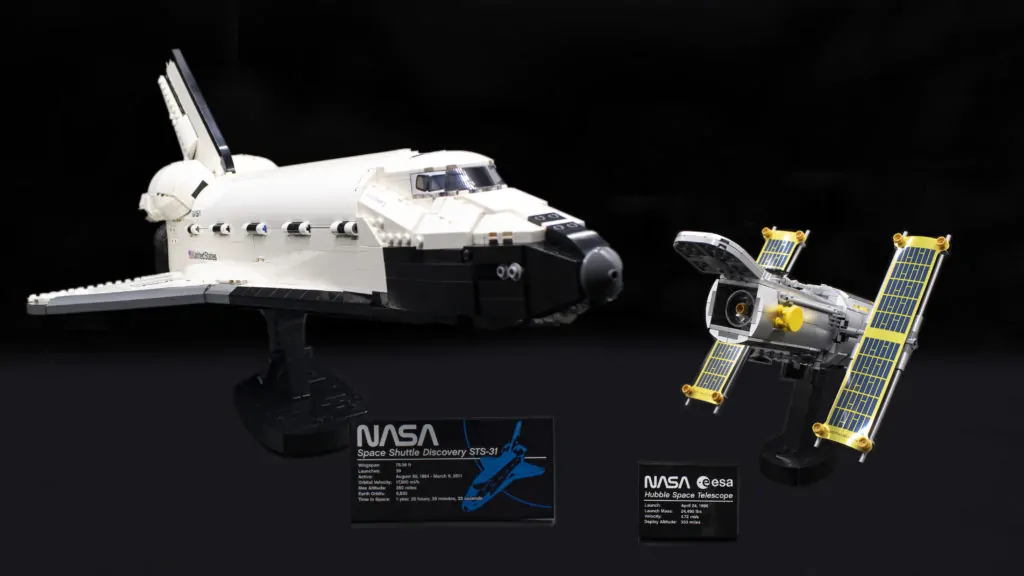
— Build —
This is not the first time the LEGO Group has released a set featuring both the Space Shuttle Discovery and Hubble together. In 2003, 7470 Space Shuttle Discovery-STS-31 was launched in conjunction with the Discovery Channel, retailing for £49.99 and containing 828 pieces. While it displayed a decent level of detail and accuracy, it cannot compare with this latest iteration.
In excess of 1,500 additional pieces means the designers have been able to include even more accurate detailing and authenticity than ever before, but it wasn’t easy – as the interview with LEGO designer Milan Madge contained within the manual attests to. Several design features of the Shuttle proved to be a real headache, such as the retractable landing gear, and the interview does a great job in explaining how the design team overcame these hurdles, as well as building anticipation for the model to come.
The build actually begins with the construction of the Hubble Telescope, arguably one of the most important scientific instruments ever created by man, and it is a stunning rendition. Perhaps it’s the building techniques utilised, or maybe it’s the subject matter itself, but everything about the model feels like it has a very precise and measured design. From the offset Technic pins used for the telescope’s angled stand to the intricate design created by the yellow 1×1 tap pieces, every stage creates the feeling of building a scientific instrument.
Hubble is a highly-sensitive, highly-reflective telescope, and to replicate this a large number of drum-lacquered silver pieces have been used across the entire body. 2×2 sloped curves, 1×2 tiles, 2×4 tiles, and even 1×1 quarter tiles help to create an incredibly striking model. An exquisitely-printed 1×4 NASA logo adds to the aesthetics and authenticity.
Further detail is added through greebling on the base and sides, which are also hinged to allow for a little poseability. Hubble’s solar panels connect to either side through a brick-built frame, making use of minifigure lances and candle holders – both of which appear in metallic silver for the first time. The solar panels themselves are two large vinyl sheets.
The whole thing is incredibly enjoyable to put together and looks absolutely stunning, almost transcending the trappings of a normal LEGO model to more closely resemble a detailed Airfix kit. The Hubble Space Telescope comes with its own brick-built stand, complete with a UCS-style plaque. It’s a lovely addition that really adds to the overall attractiveness of the finished model.
In fact, it’s such a wonderful design that had the LEGO Group decided to release this separately, it would no doubt garner huge praise. As it is, this is just a small part of this set, and the fact there is a gigantic Space Shuttle to build next makes for a very exciting prospect.
One highlight of 10283 NASA Space Shuttle Discovery is the amount of information crammed into the manual. At almost every stage there are fascinating tidbits focusing on different aspects of the Shuttle’s construction, history and flight details, and before the build even commences there’s a beautiful double spread filled with photography and facts.
As you’d expect from a set containing over 2,000 pieces, the build for the Discovery is long, involved and offers some interesting techniques. It’s also a build that feels like it’s divided into two halves. The first concentrates on building up the sizeable frame, wings and payload bay, while the second half focuses on the details such as the tail, nose cone and flight deck areas.
Surprisingly for a model this large, very few Technic parts are used during the construction of the frame. It feels like a classic LEGO experience, using just bricks and plates, and makes for a refreshing yet nostalgic build. It does come together fairly quickly though, and by around three or four bags in the frame will almost be complete.
It’s at this early stage that the retractable landing gear is integrated into the design, which the designer claims was the hardest part to get right. It would be interesting to know how many iterations were scrapped before landing on this design, as the landing gear fits very snugly into the main frame of the Shuttle. The use of shock absorbers allowing the gear to easily retract feels like a fairly straightforward mechanism, but it’s actually far more involved.
The front and rear gears are connected to one another through a large sub-assembly that runs the entire length of the hull. Pushing into the rear of the Shuttle will cause the landing gear to retract with a beautifully smooth motion. It may have been one of the hardest things to get right, but the designers can be proud of the finished result.
With the frame finished, the model really starts to take off in the next few bags. Two large 4×4 printed tiles add authenticity to each wing, as well as adding a layer of exclusivity to the set – more so than if these had just been stickers. The Shuttle’s sleek lines and curved edges are then achieved through the use of two sub-assemblies incorporating inverted 2×2 curved slopes.
These two sub-assemblies connect at a slight angle, which is achieved in a rather unique way. Hinge plates are used at one end, but in the middle a 2×3 plate with hole connects to a 1×2 jumper plate. This allows for the angle of the 2×3 plate with hole to be adjusted, facilitating its attachment to the main assembly at an offset angle.
Despite their small size – they’re constructed on an area of just 4×6 studs – both the mid deck and flight deck have some wonderful detailing thanks to the printed parts used, while the microscale building techniques make for a really entertaining part of the construction process. The arrangement of the seats and consoles is also completely accurate to the real-life Shuttle, and it’s this level of detail that really helps this set stand out.
The cockpit area also features two brand new pieces: a six-stud-wide cockpit (with printed windows) and two 3×3 curved corner slopes. Even the cavernous payload bay area contains a high level of authentic details. Panels and slopes replicate the scientific equipment and the Shuttle’s payload arm, the Remote Manipulator System or RMS, is accurately recreated.
Everything up to this point has been an utter joy to construct, and nothing has felt like a chore or repetitive. But then comes the reflective stickers – 24 of them, to be precise – used for the inside of the payload doors. Placing large stickers precisely is a task in itself, but when the pieces are curved it becomes a whole new level of pain. It’s certainly not the most enjoyable aspect of the set, and for perfectionists who need their stickers accurately aligned it could prove quite stressful. Stick with it, though, as the results are incredible. With the payload bay doors open, it makes for a stunning model.
With that aspect out of the way, the rest of the build comes together surprisingly quickly. The front nose, the finishing touches to the flight deck, the rear tail fin and the side engines can all be constructed within an hour. As mentioned, this feels like a build of two halves and it has to be said the first half is a lot more enjoyable. Towards the latter stages the process becomes a little repetitive in places, but overall the build for both models is very entertaining.
Once completed, both Hubble and Discovery have their own brick-built stands on which they can be displayed, or there’s the option to attach Hubble to the Shuttle’s RMS, giving the impression the models have been frozen mid-mission. All of the options are equally stunning, while the angle that the Discovery sits at looks particularly striking.
— Characters —
Normally with Creator Expert sets you wouldn’t expect to find a minifigure included, and usually that is okay. Here, though, it feels like a missed opportunity to have released a minifigure decked out in a NASA flight suit. It would have given the set even more exclusivity, would have looked great displayed on the UCS-style stand and would have felt like an appropriate way to mark the 40th anniversary of the first Space Shuttle flight.
— Price —
We’ve been to known to criticise the LEGO Group for how some of its products are priced, and what you actually get for that price (did someone say VIDIYO?), but to give credit where its due, the value here speaks for itself.
Packed into 10283 NASA Space Shuttle Discovery are two utterly spellbinding models that have the perfect combination of brilliant play features and perfect display potential. The build for both is engaging, entertaining and highly involved. And as an added bonus, the wealth of information packed into the manual feels like you’re getting a free history lesson about both Hubble and the Space Shuttle Discovery as you progress through the build.
The set contains over 2,300 pieces and will take you the best part of six to seven hours (if not more) to finish, which already makes it a good return. If the LEGO Group had sold both models separately, they would have been fantastic sets in their own right, so to have both in one makes the deal seem otherworldly. (Okay, maybe not that good, but you get the point.)
— Pictures —
— Summary —
10283 NASA Space Shuttle Discovery is certainly impressive – there’s no doubt about that. Both models look incredible with a high level of accuracy and authenticity, and it’s clear the designers have a lot of love for this subject material as both have been incredibly faithfully recreated. Having the option to display the smaller Hubble attached to or alongside the larger Discovery adds another layer to the display, and both have an air of importance to them thanks to the display stands and information plaques.
The building experience is a little hit and miss, though. The build for Hubble is simply joyous from start to finish, while the Space Shuttle starts off strong, but towards the end gets a little repetitive. It’s a minor negative as the finished model looks excellent, but it’s worth bearing in mind if you are on the fence about this set, or are deciding between this and another in a similar price range.
10283 NASA Space Shuttle Discovery is a beautifully fitting tribute to mark the anniversary of the Space Shuttle’s first flight and immortalise one of the most significant moments in space exploration, the launch of the Hubble telescope. For space fans this comes highly, highly recommended. But if space travel isn’t quite your cup of tea, there are other sets out there at the moment that will offer a more enjoyable all-round experience for either the same price, or slightly cheaper.
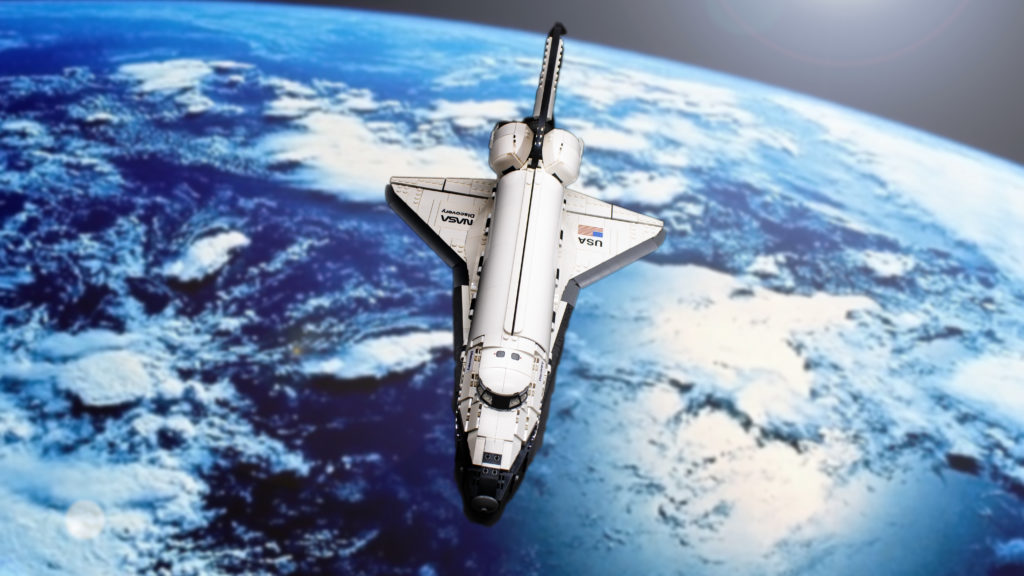
This set was not provided for review by the LEGO Group – we bought it, and you can too. Support the work that Brick Fanatics does in the process (and allow us to keep bringing you reviews like this one) by doing so through one of our affiliate links. Thank you!
— FAQs —
How long does it take to build 10283 NASA Space Shuttle Discovery?
There are two models to build within 10283 NASA Space Shuttle Discovery, the Hubble Space Telescope and Space Shuttle Discovery. In total you are probably looking at somewhere between six to eight hours depending on personal experience and speed.
How many pieces are in 10283 NASA Space Shuttle Discovery?
10283 NASA Space Shuttle Discovery contains 2,354 pieces spread over 17 bags. That’s 1,526 pieces more than 2003’s 7470 Space Shuttle Discovery-STS-31.
How big is 10283 NASA Space Shuttle Discovery?
Be prepared to make some space on the shelf if you are planning to display 10283 NASA Space Shuttle Discovery. The shuttle alone measures over 21cm high, 54cm long and 34cm wide. Hubble can either be attached to Discovery for display, be displayed next to it on its own stand or, if space is limited, can be displayed on its own.
How much does 10283 NASA Space Shuttle Discovery cost?
10283 NASA Space Shuttle Discovery is out now and available in LEGO Stores and LEGO.com, where it retails for £169.99 in the UK, €179.99 in the rest of Europe and $199.99 in the US.
Author Profile

- I have more than 20 years in television production and photography and can finally put all that experience to good use by combining it with my number one passion in life, LEGO! I love all things brick-related, but the theme that really floats my boat is the original LEGO Pirates range. I currently have a LEGO wishlist that far outstretches my shelf space... and bank balance!
Latest entries
July 2024 sets14/06/2024LEGO Icons 10337 Lamborghini Countach 5000 Quattrovalvole review
May 2024 sets02/05/2024LEGO Icons 10341 NASA Artemis Space Launch System review
March 2024 sets23/04/2024LEGO Technic 42181 VTOL Heavy Cargo Spaceship LT81 review
March 2024 sets17/04/2024LEGO Technic 42179 Planet Earth and Moon in Orbit review

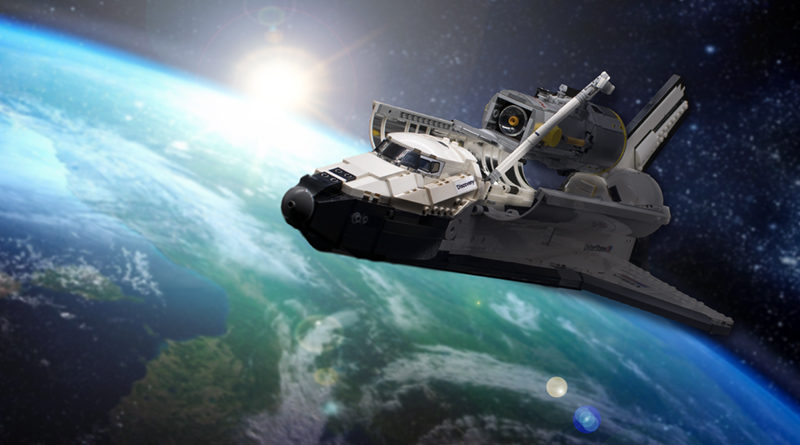
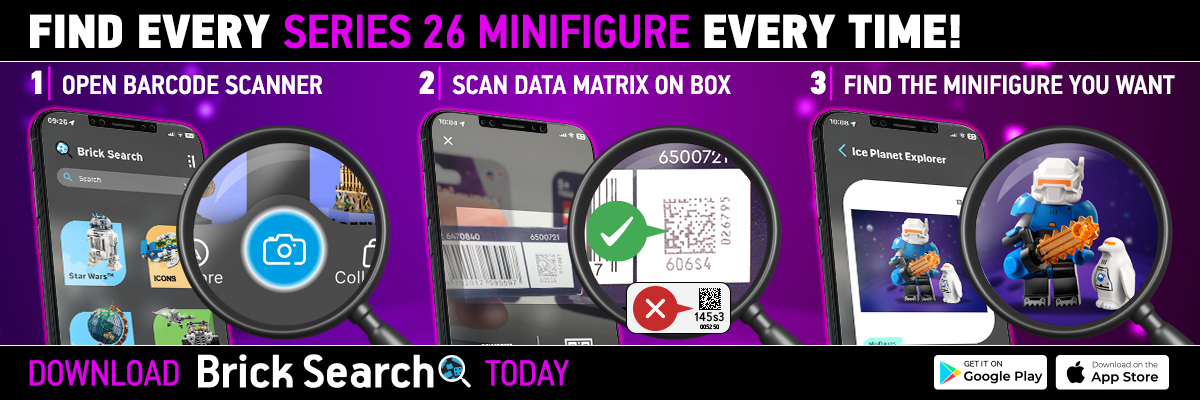
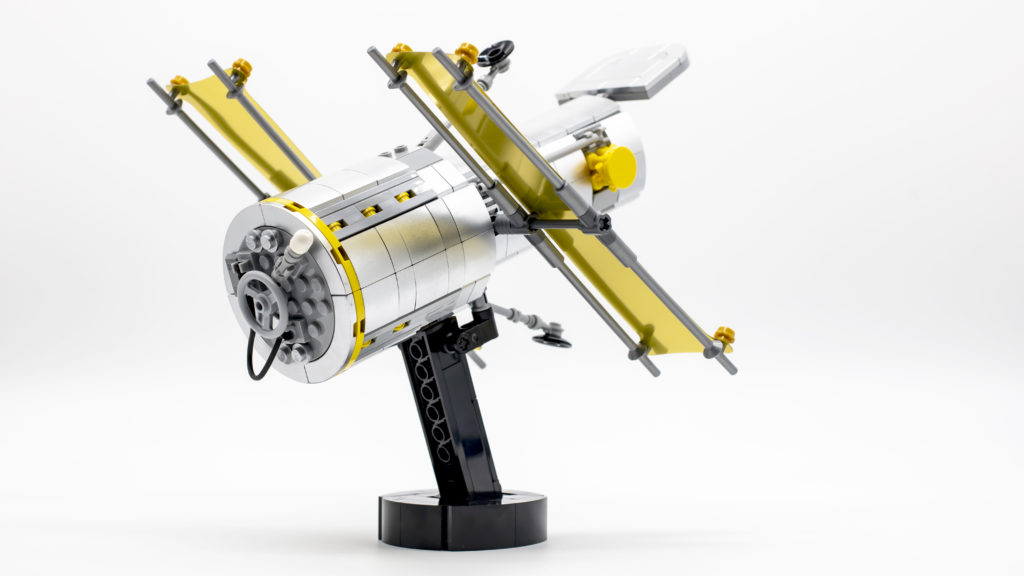
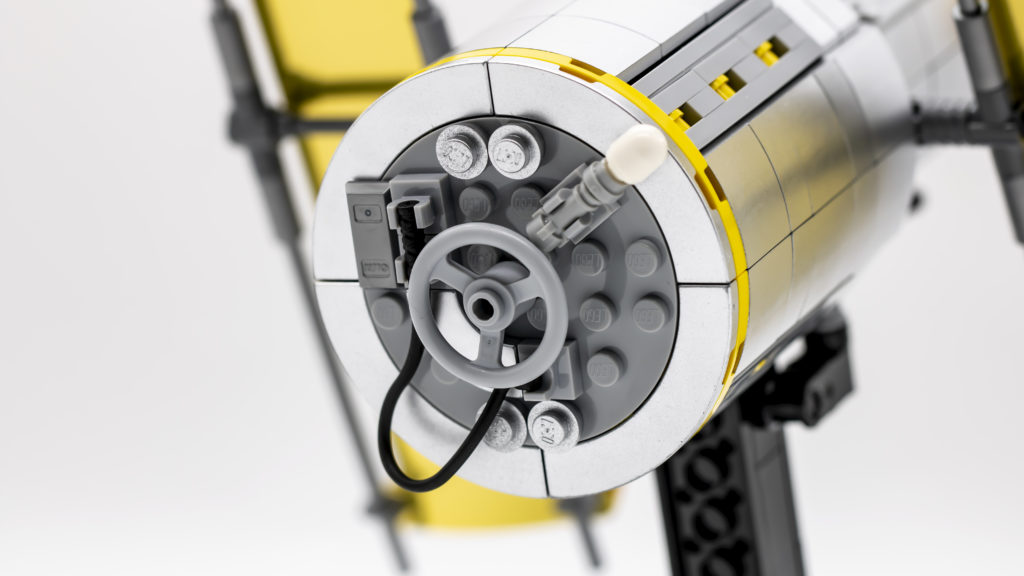
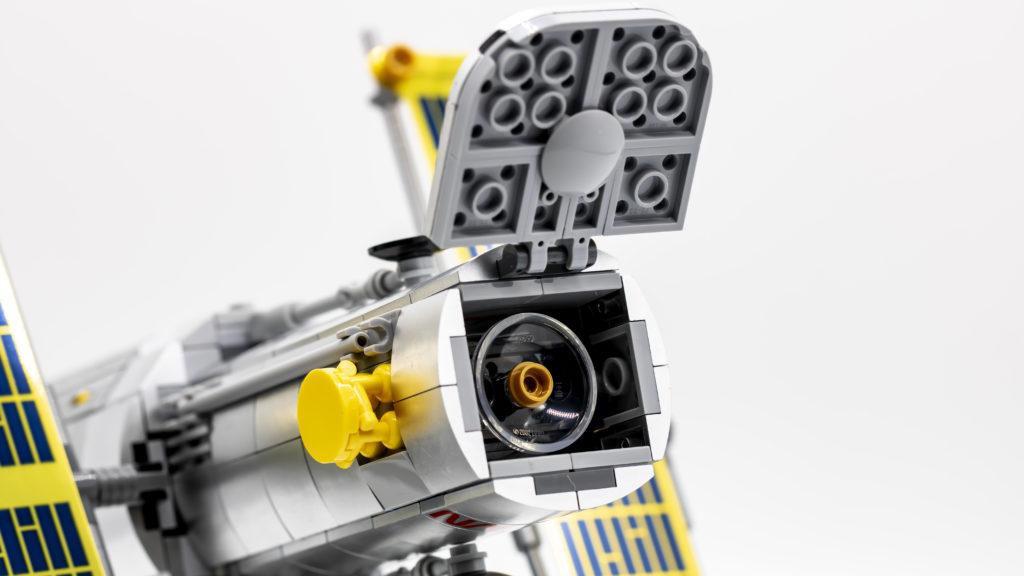
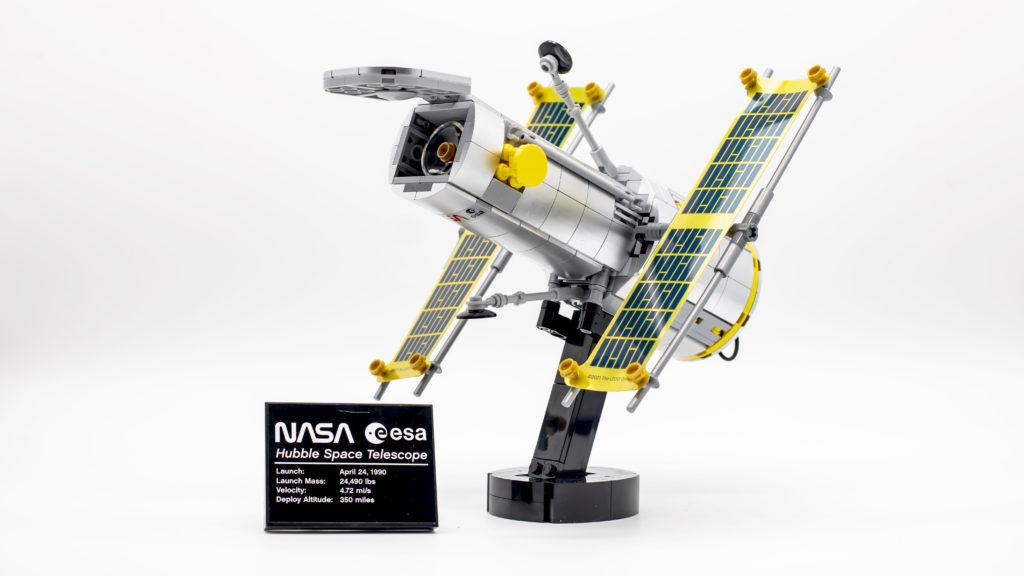
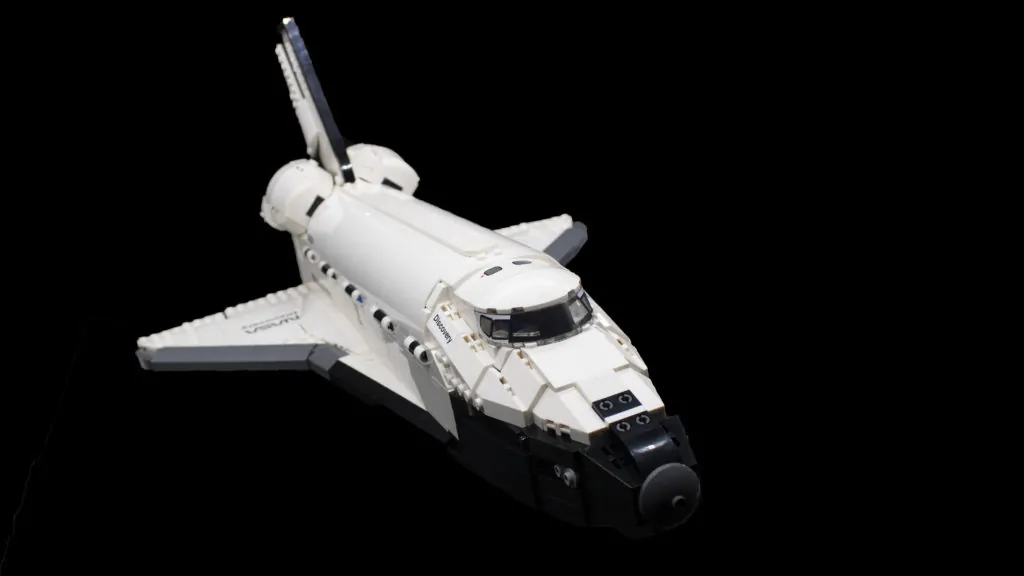
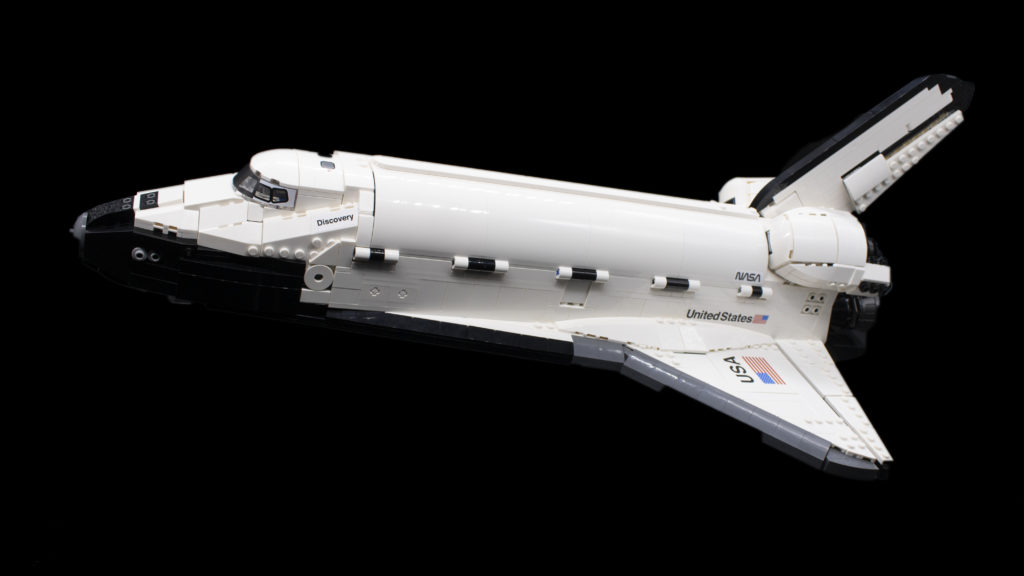
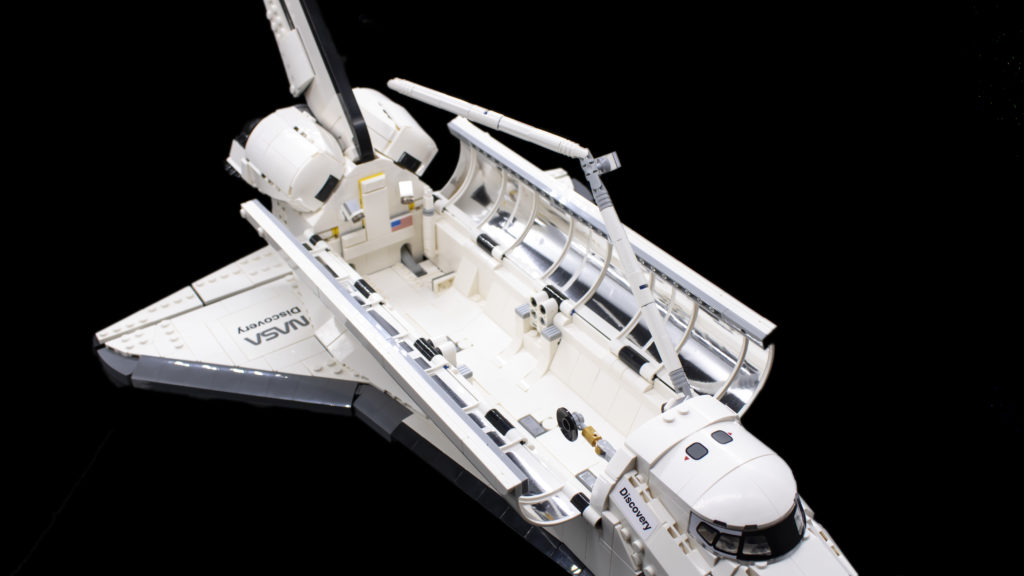
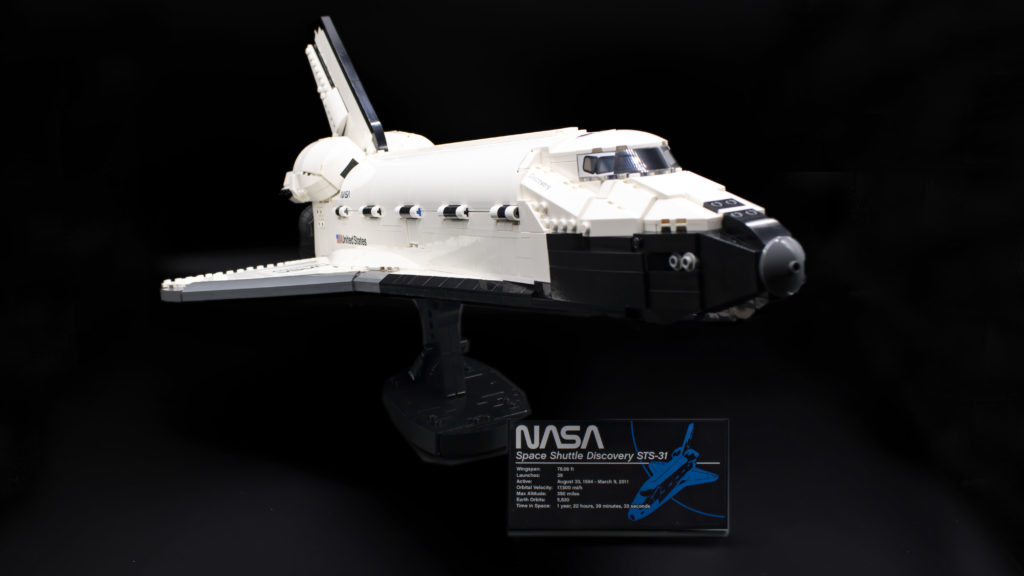
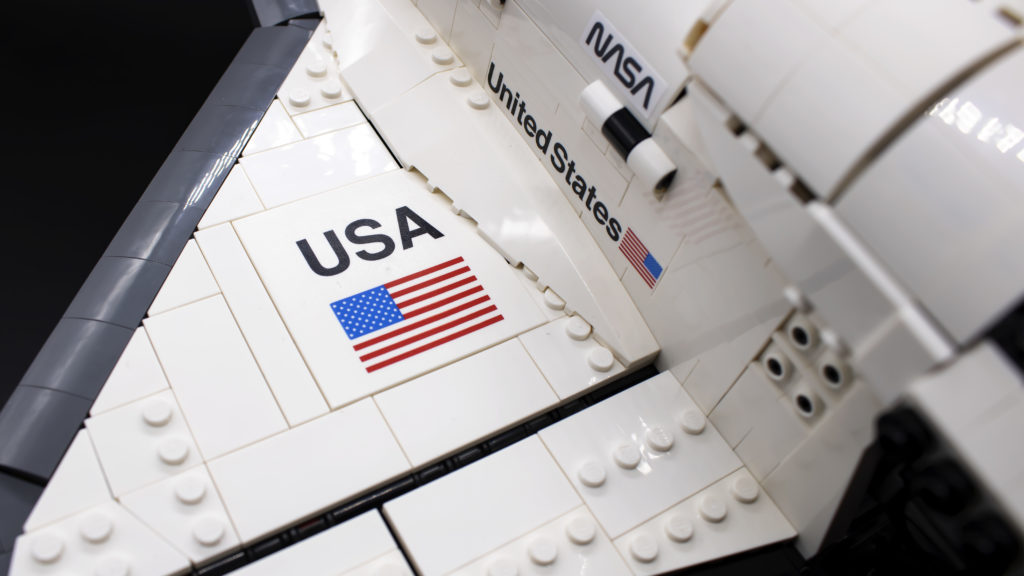
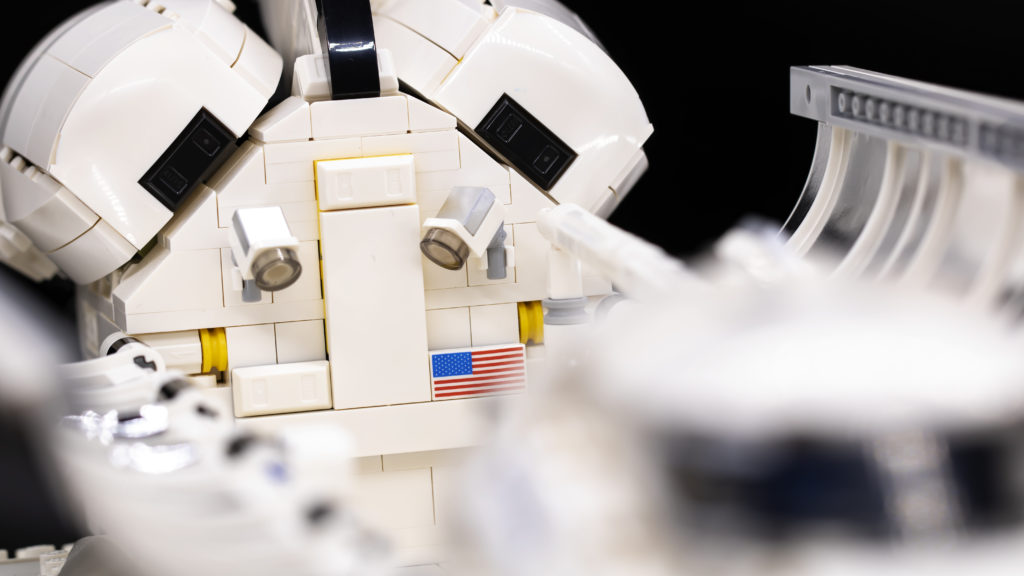
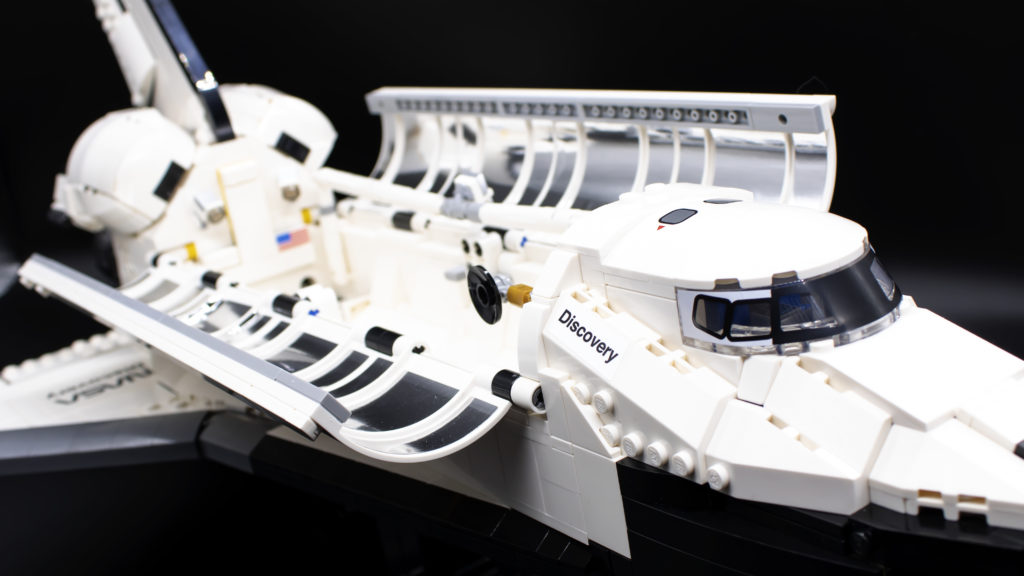
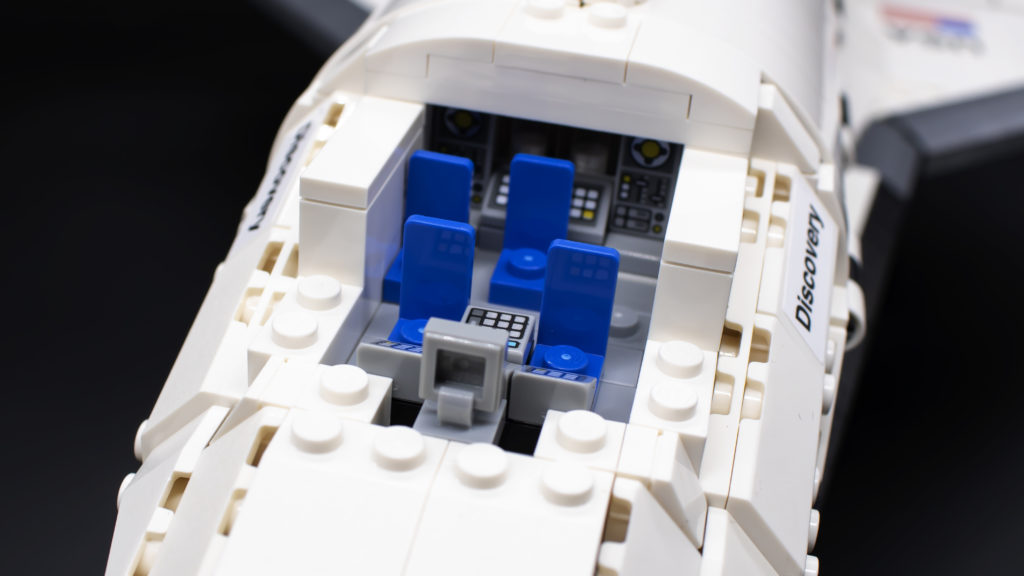
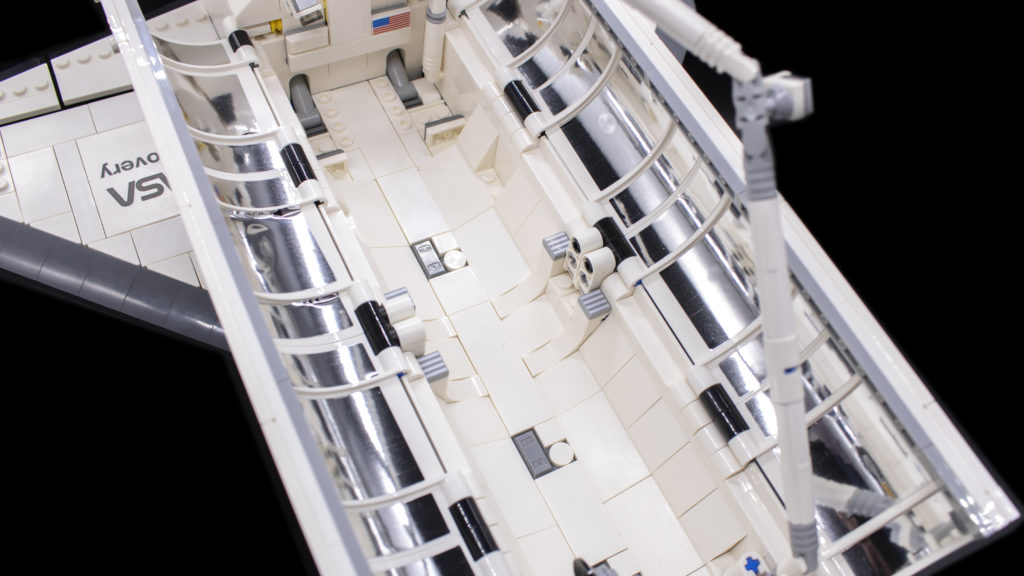
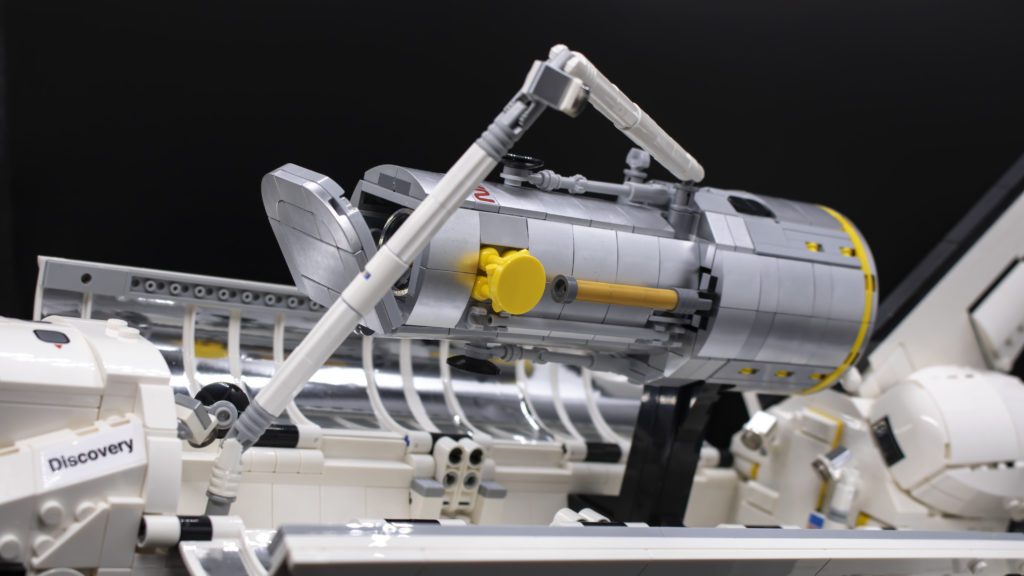
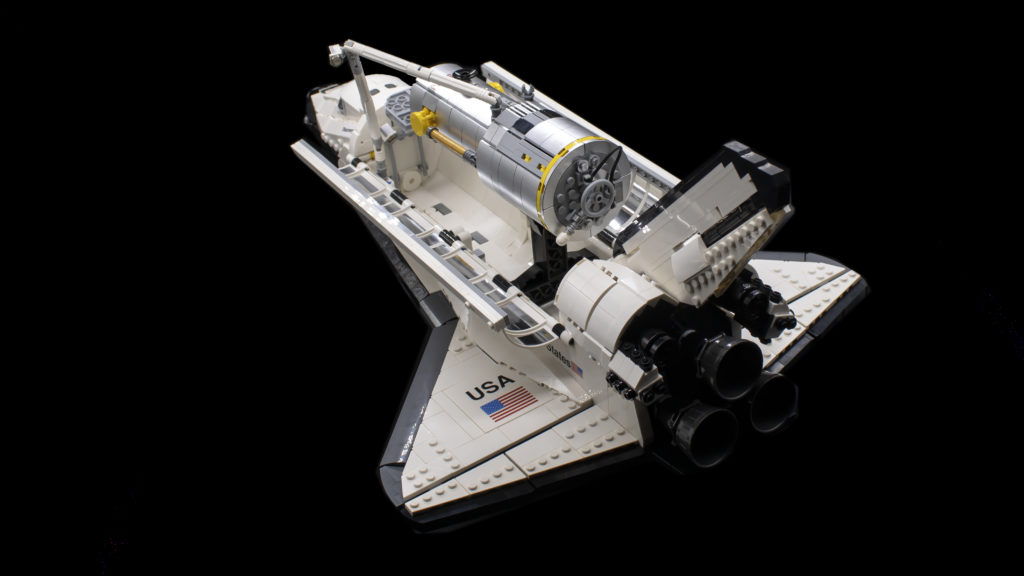
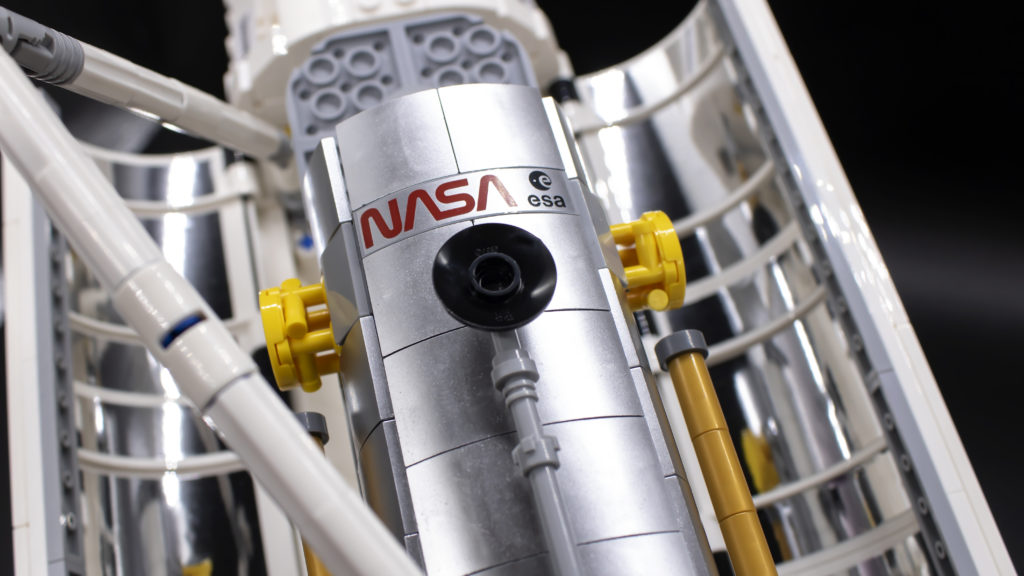
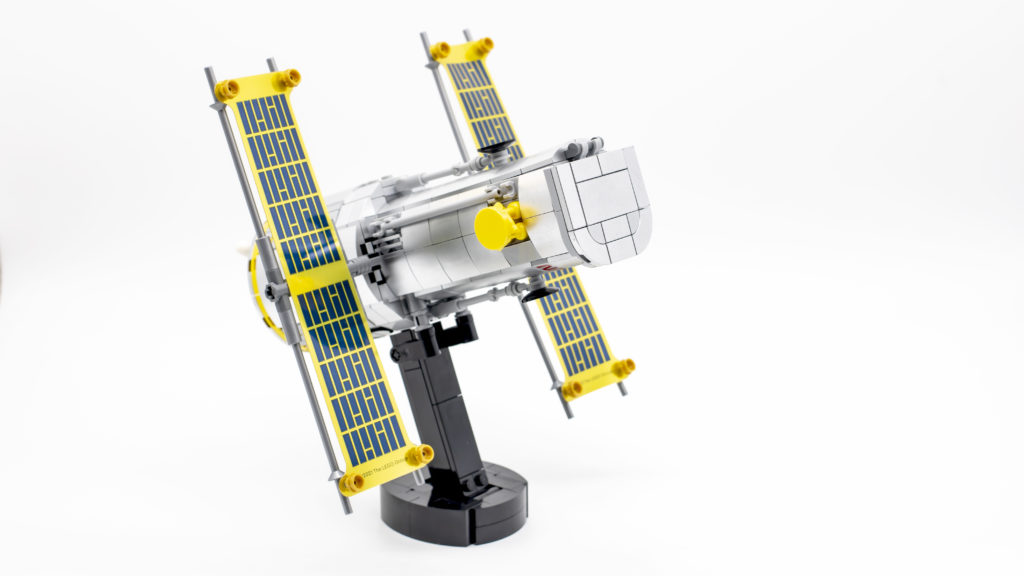
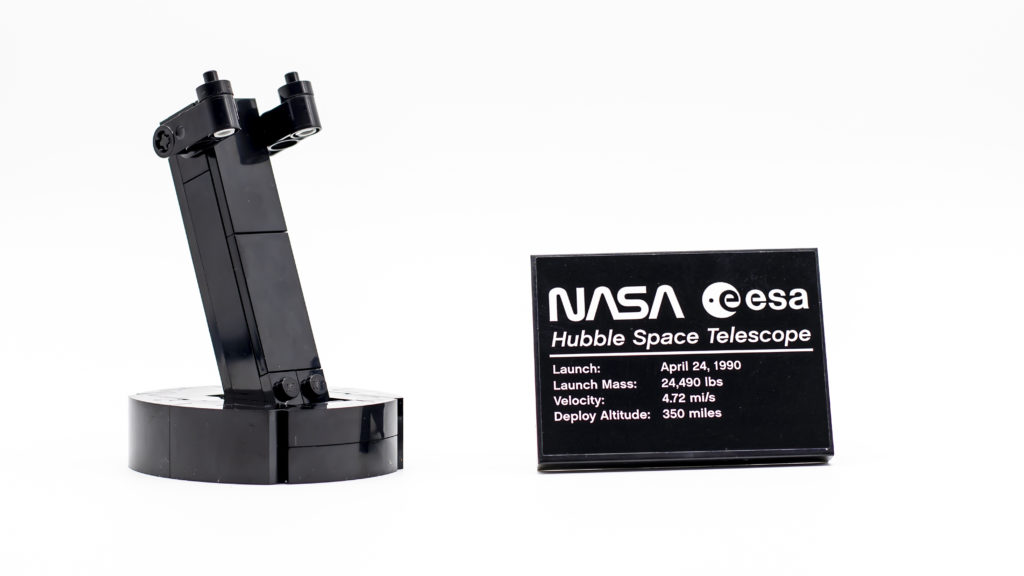
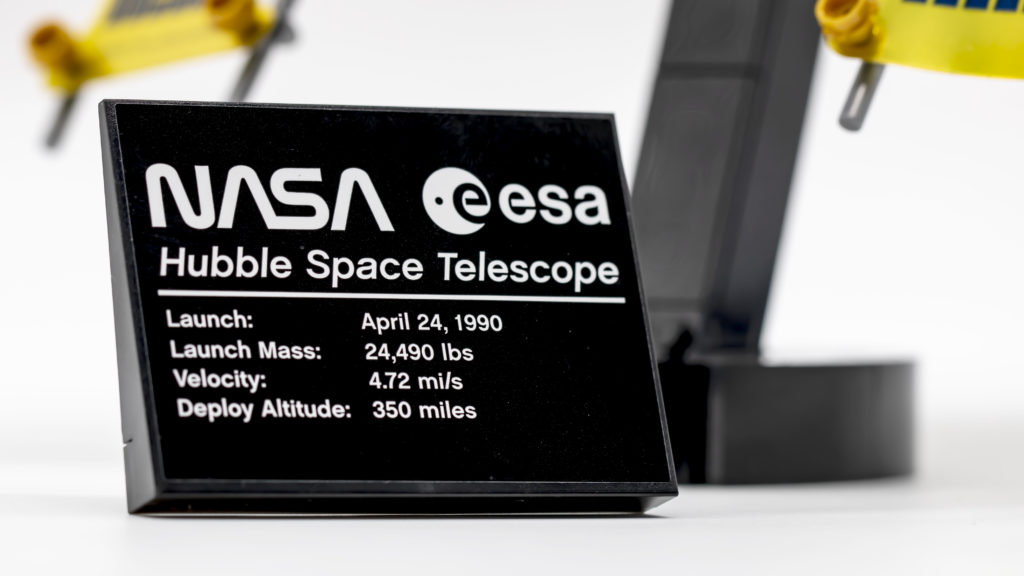
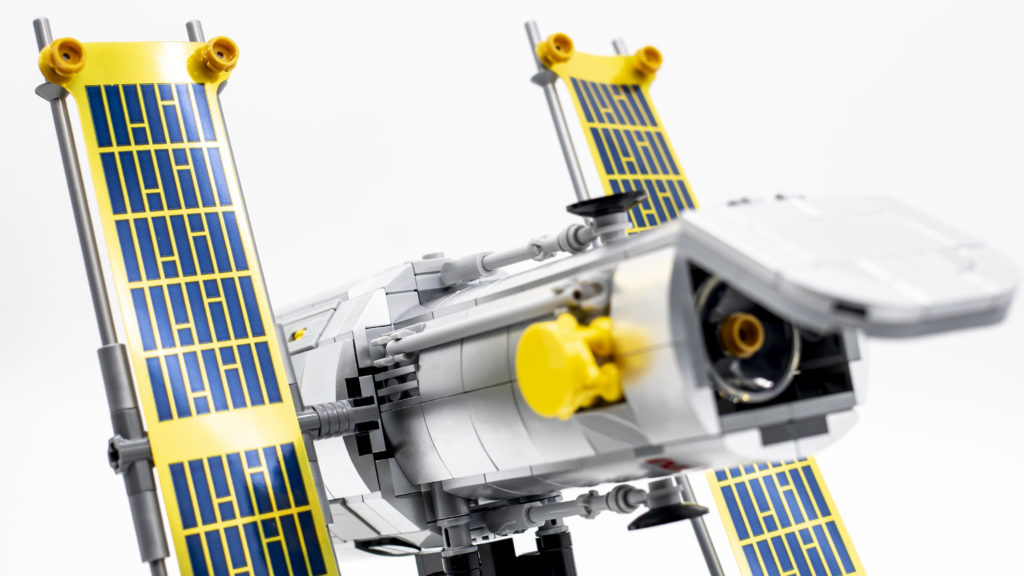
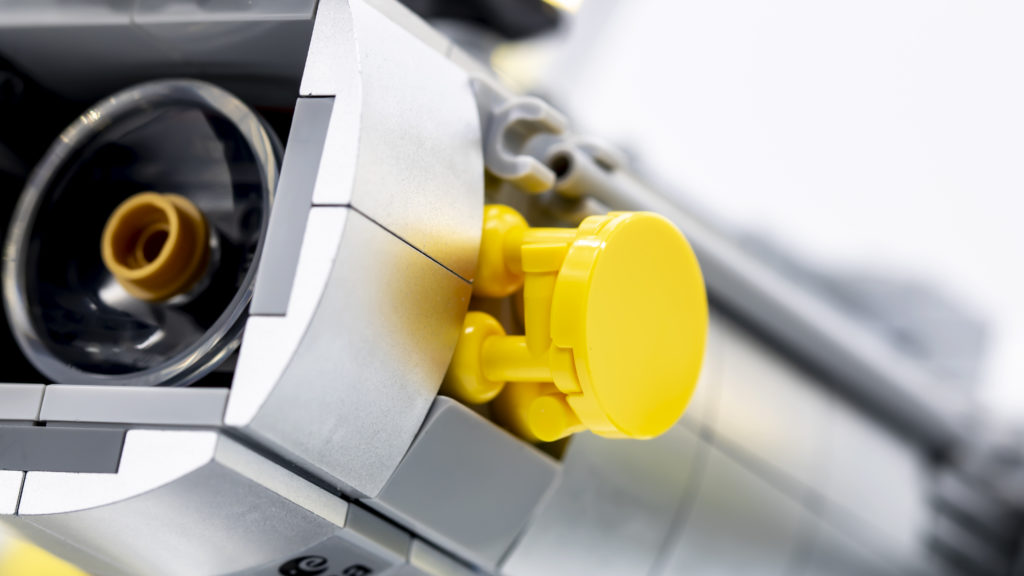
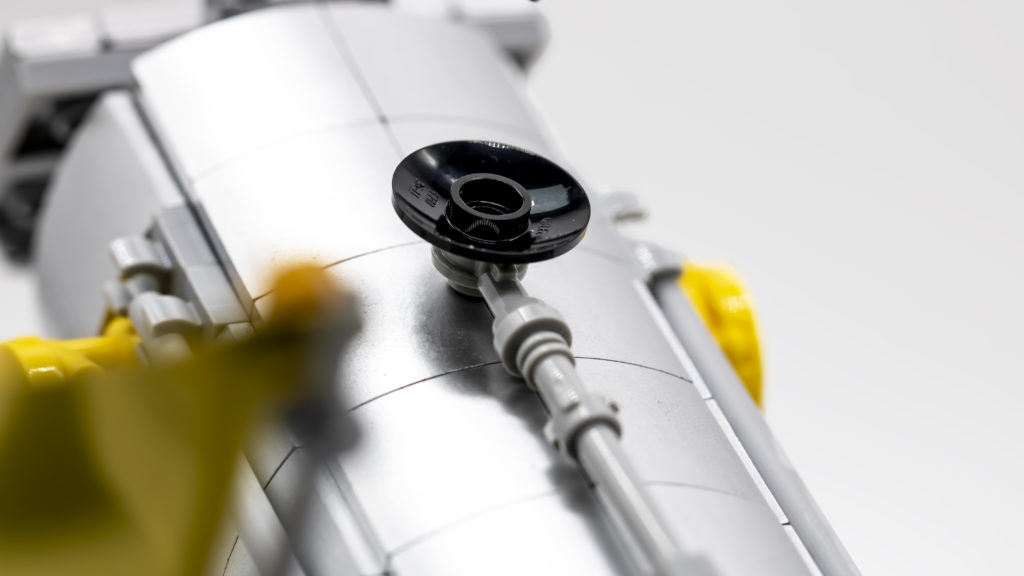
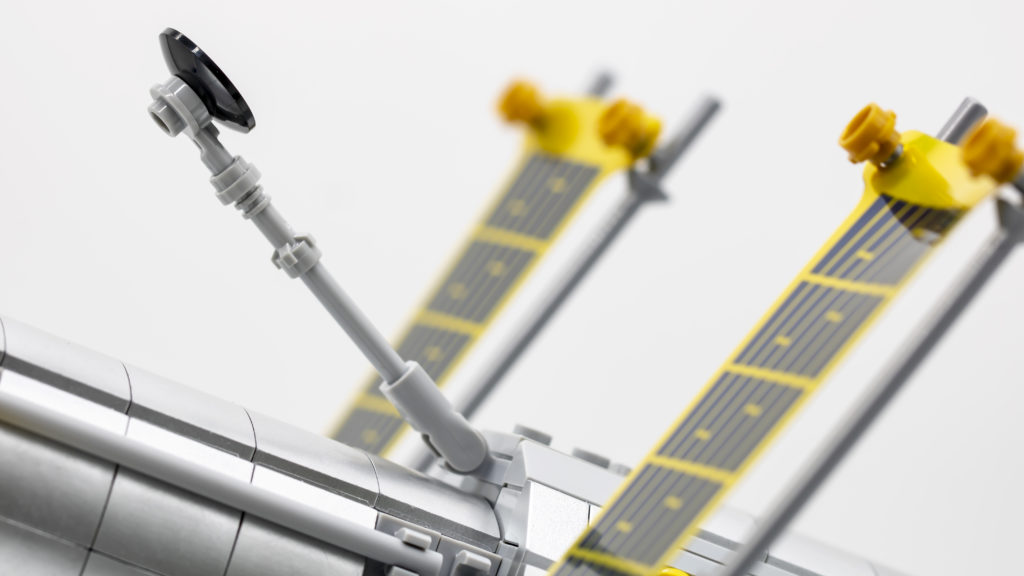
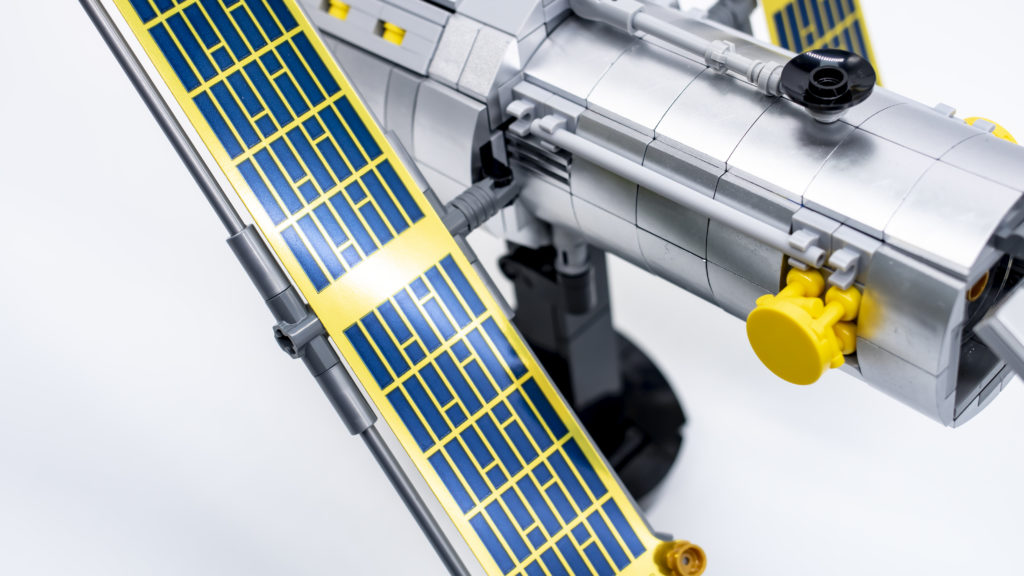
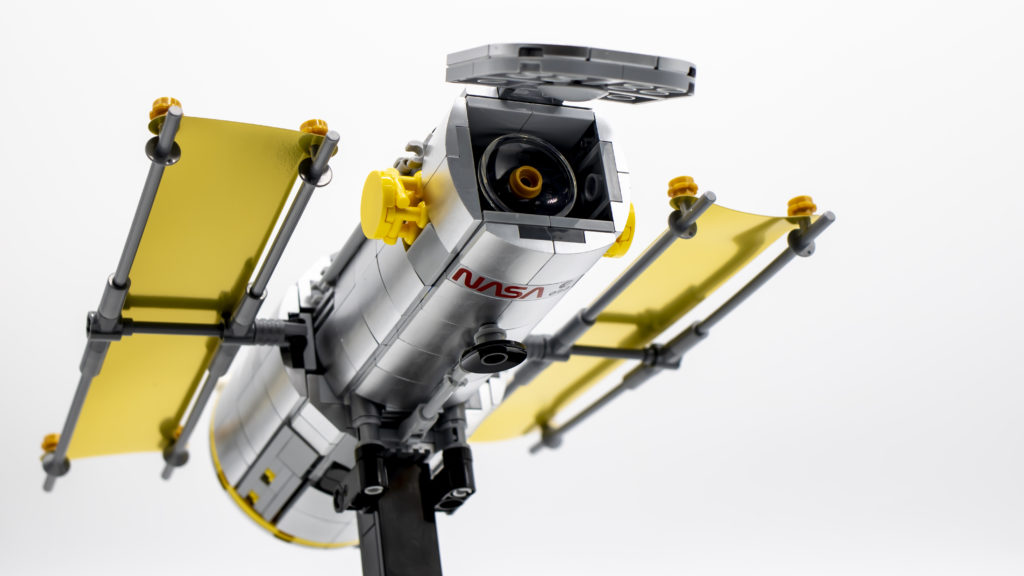
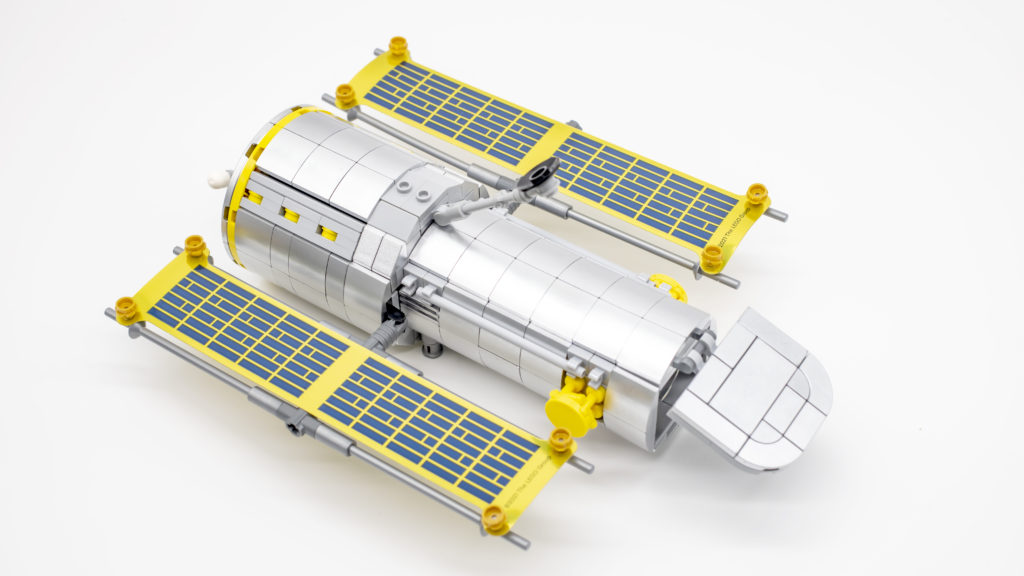
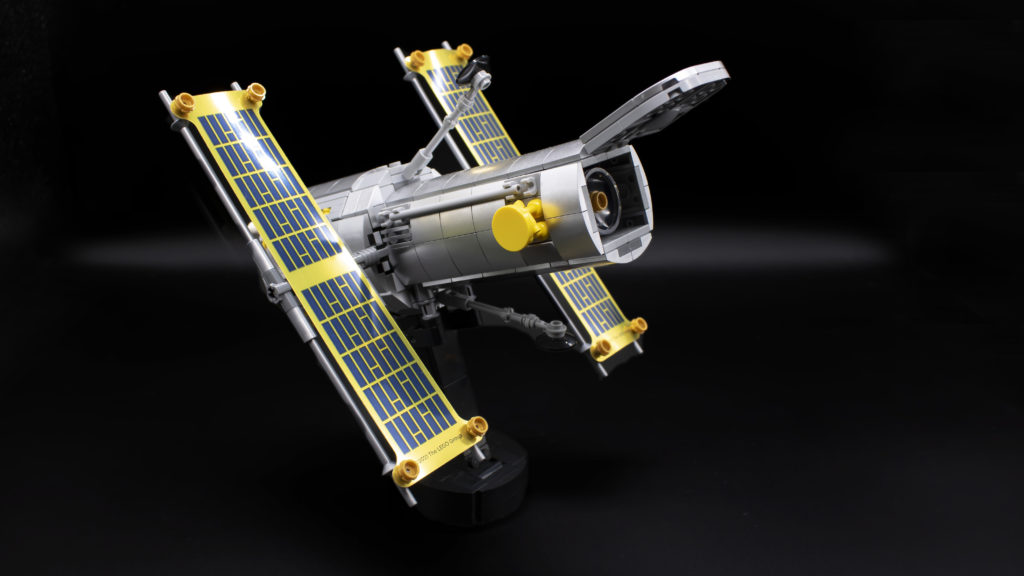
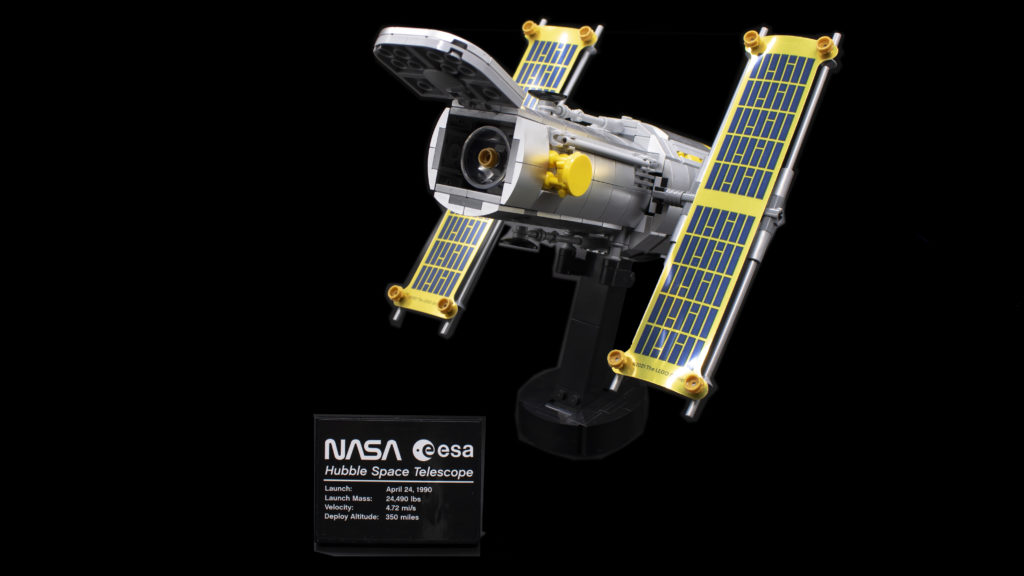
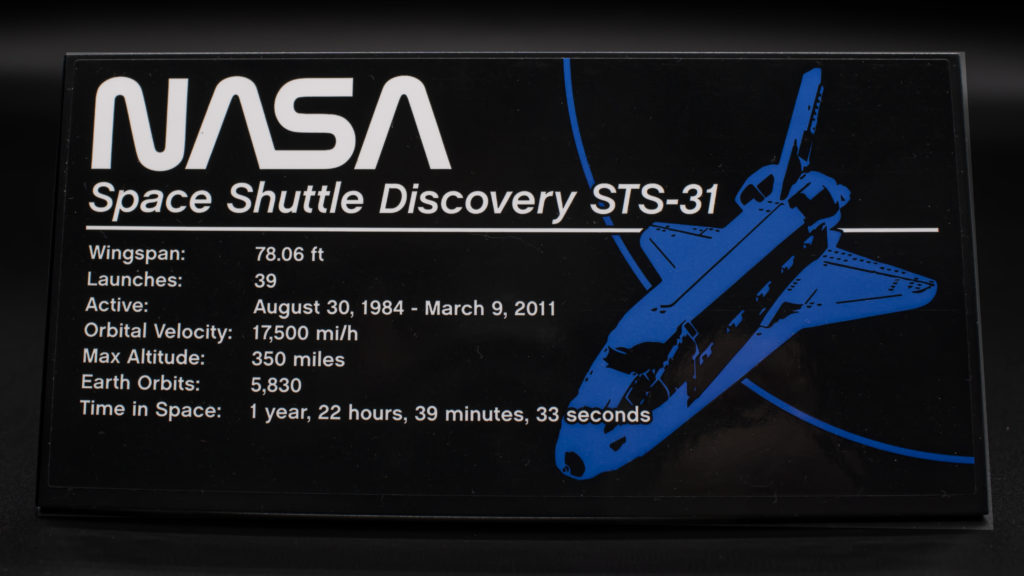
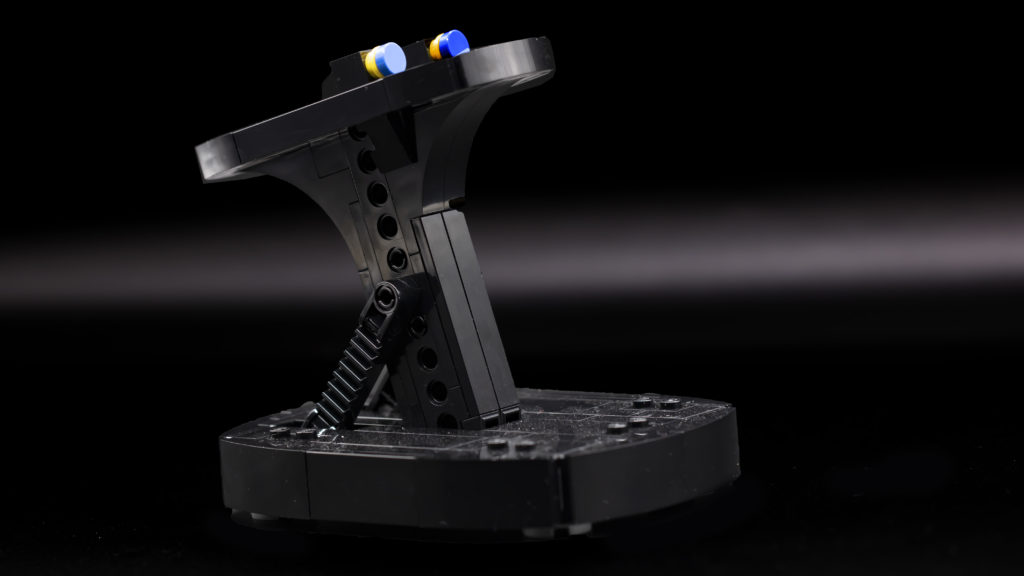
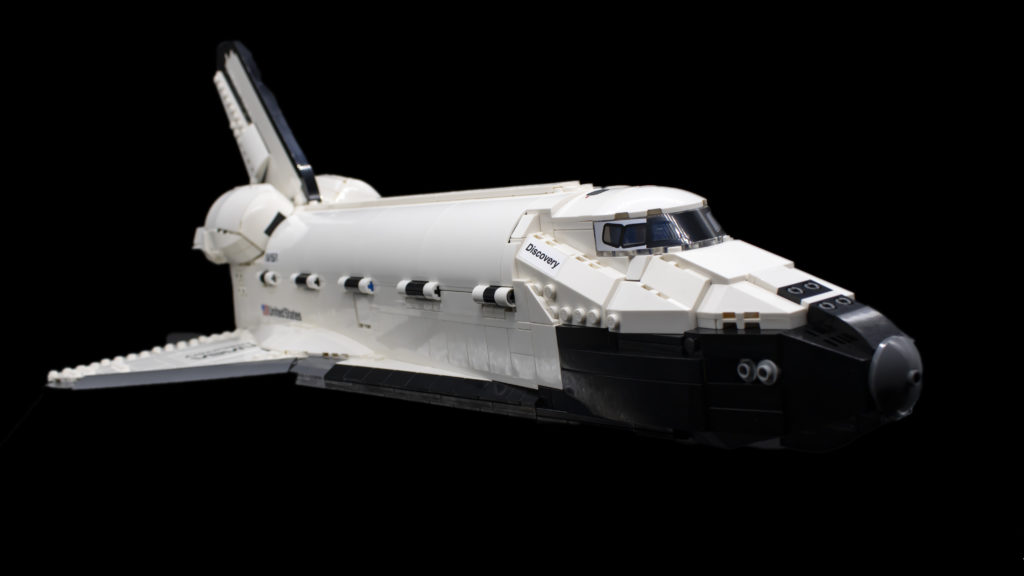
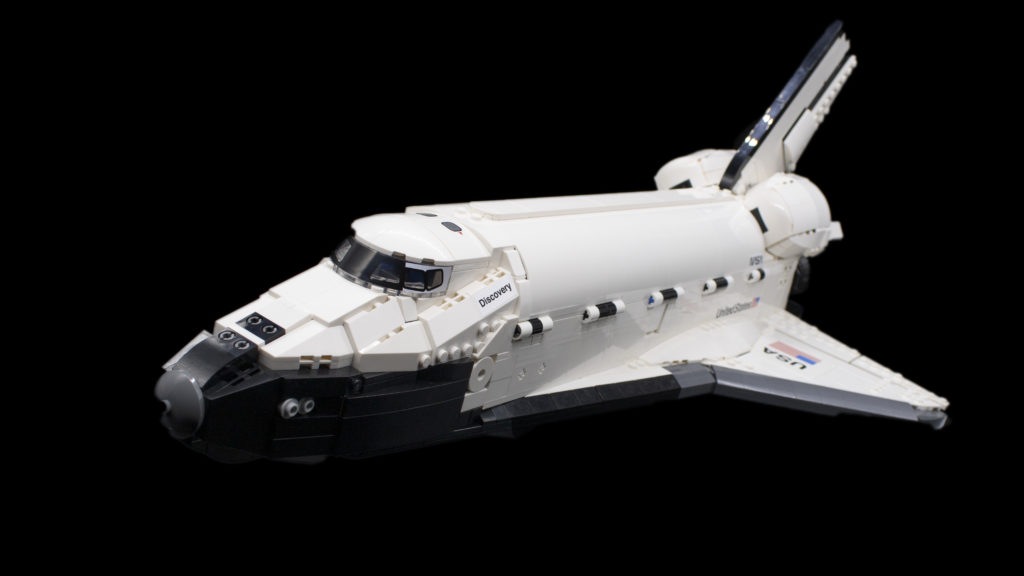
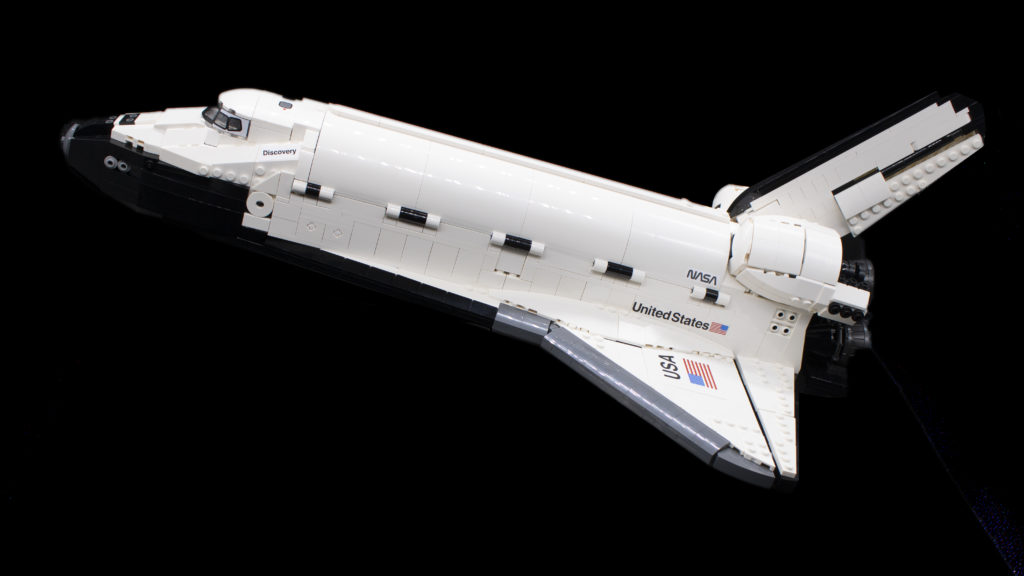
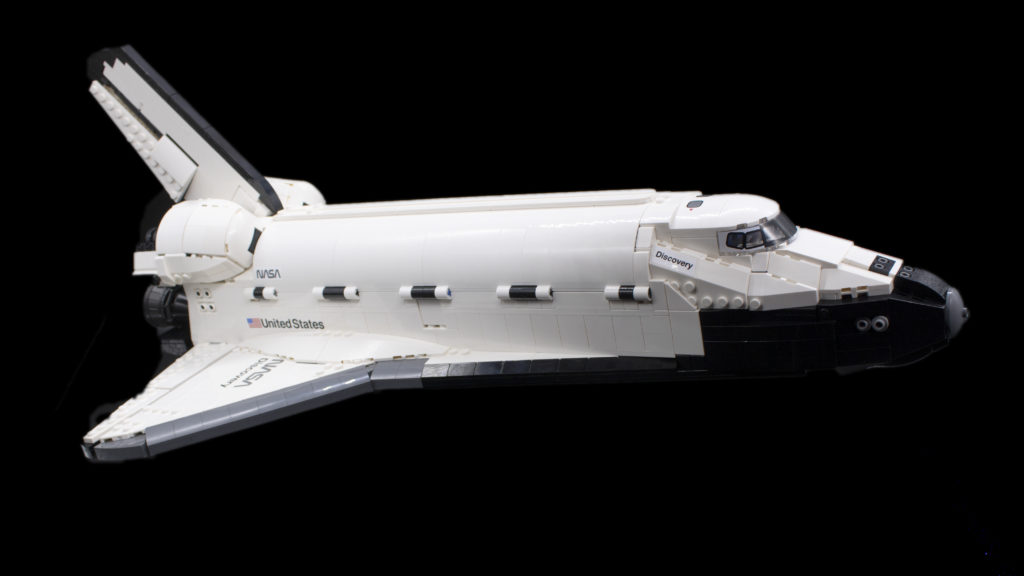
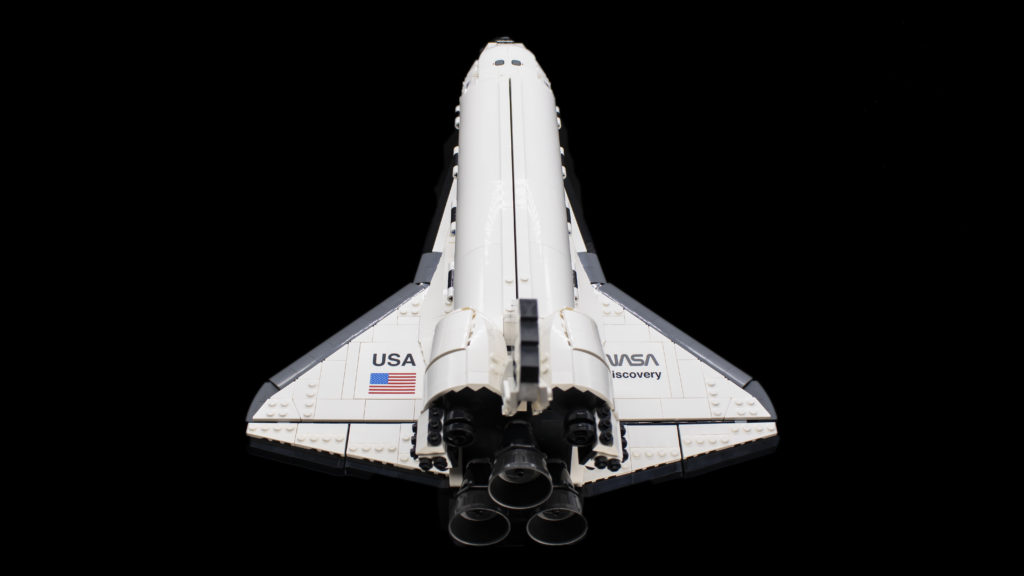
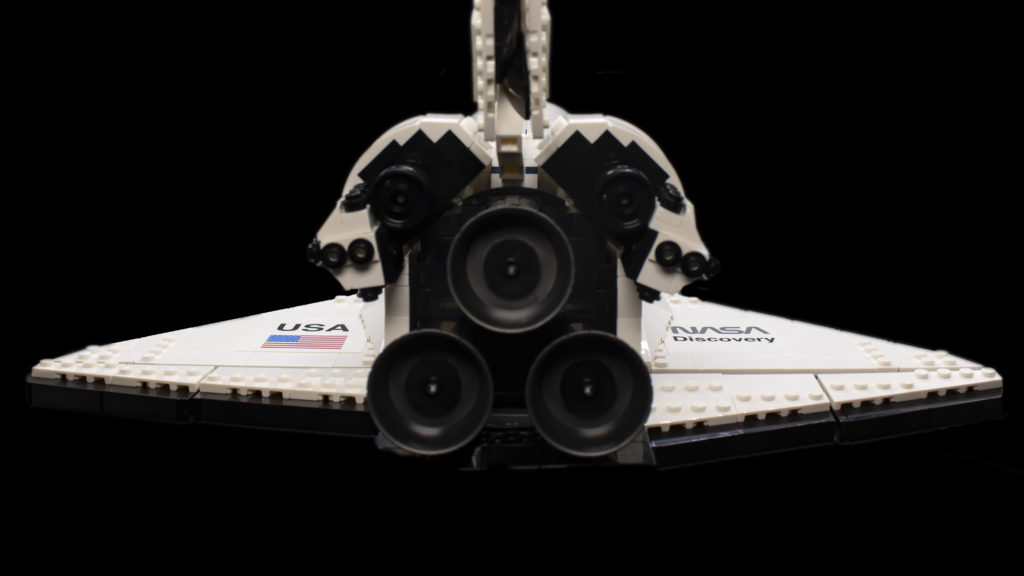
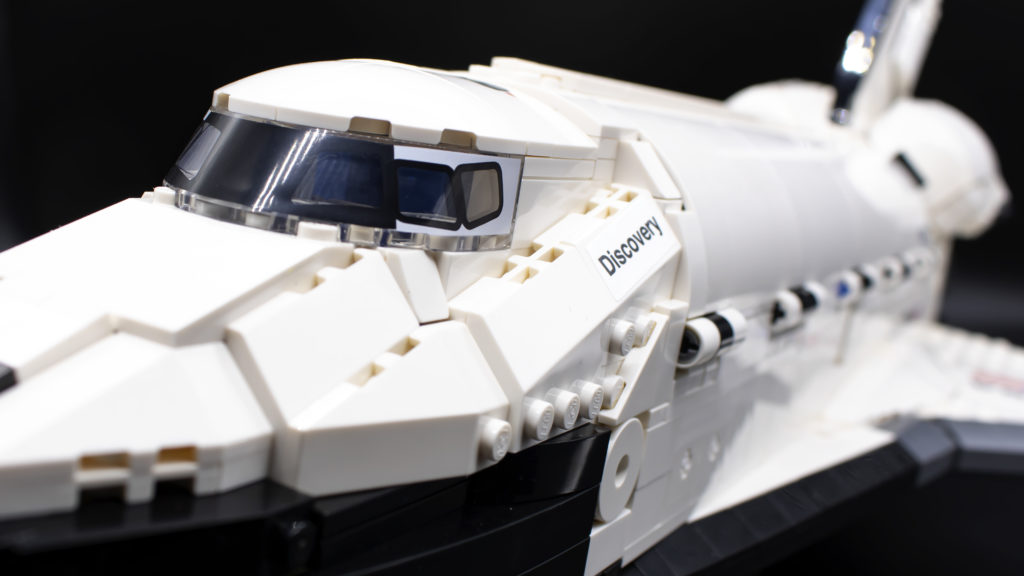
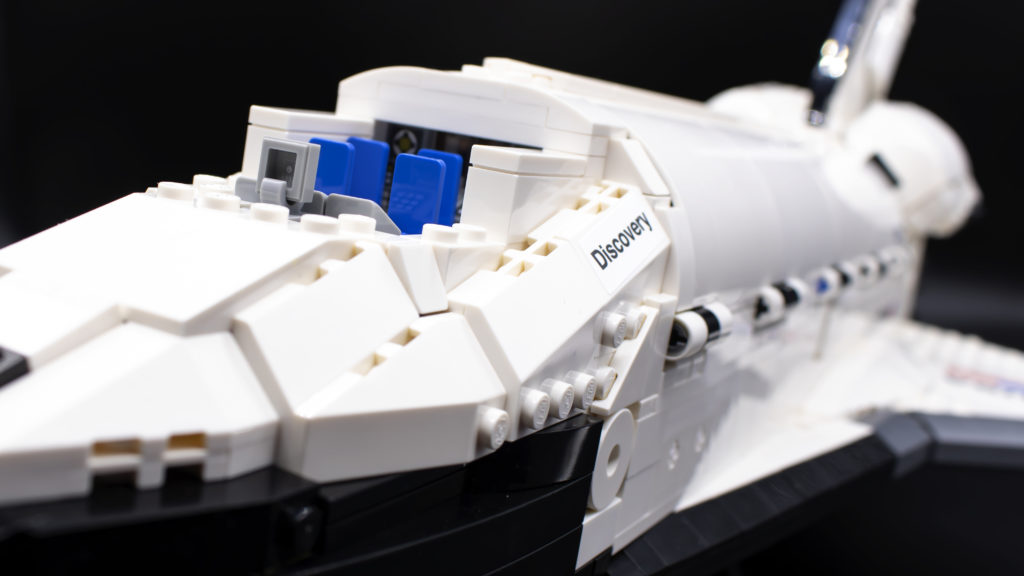
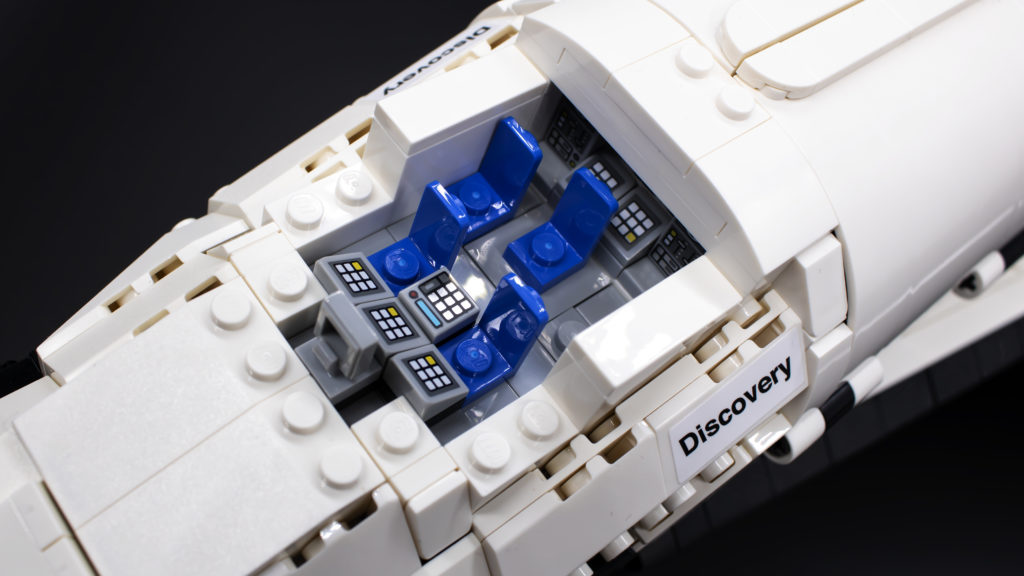
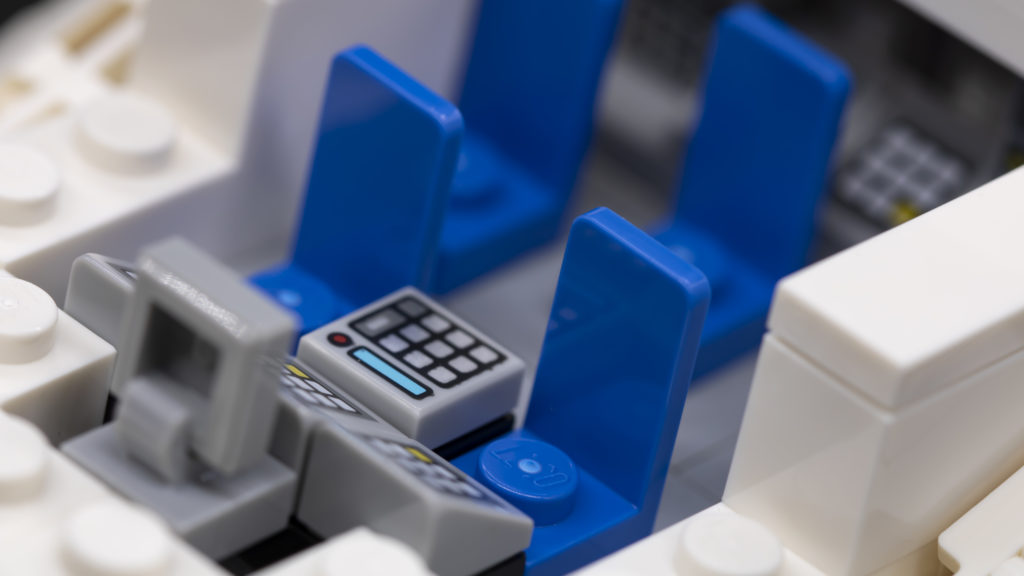
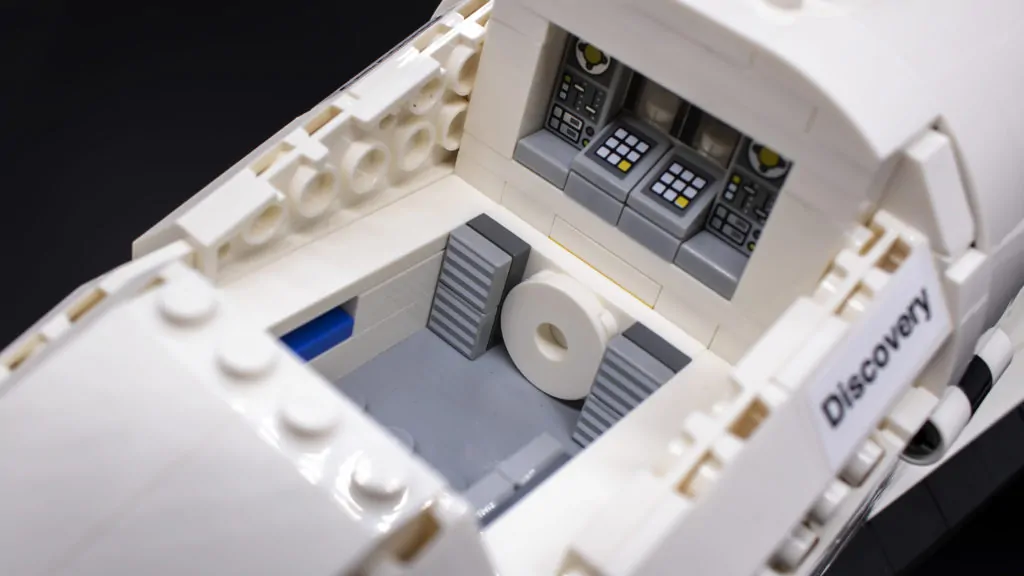
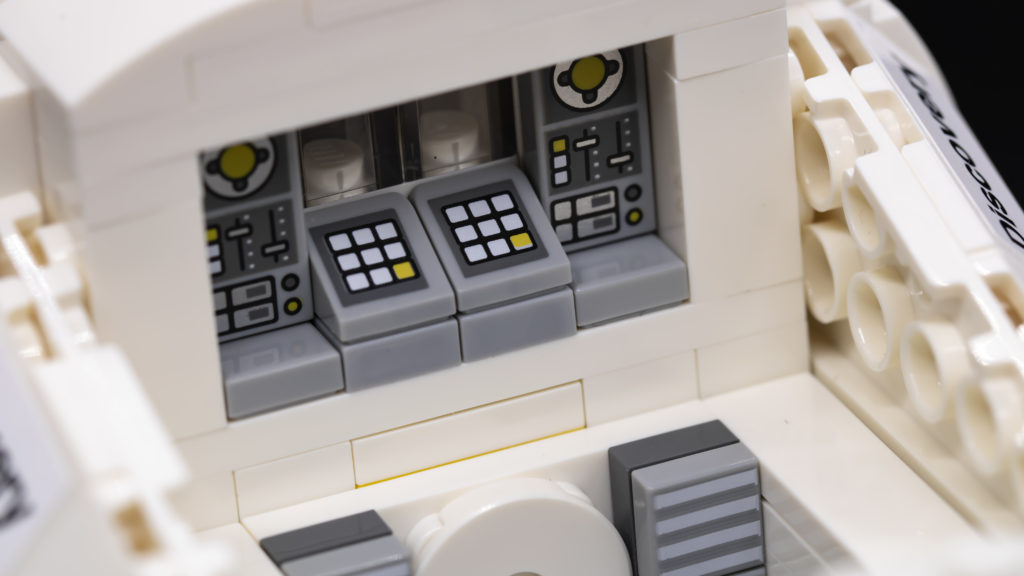
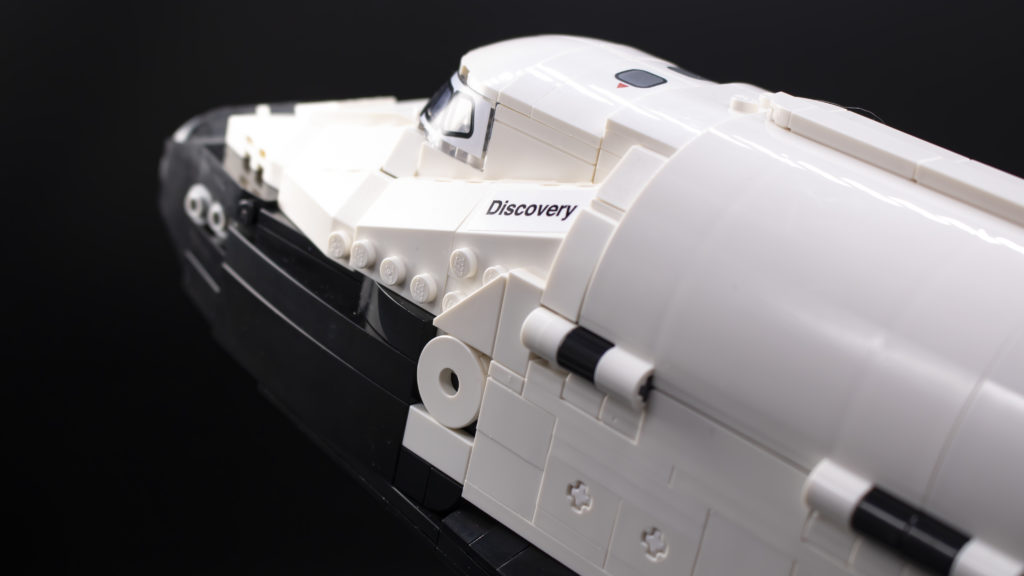
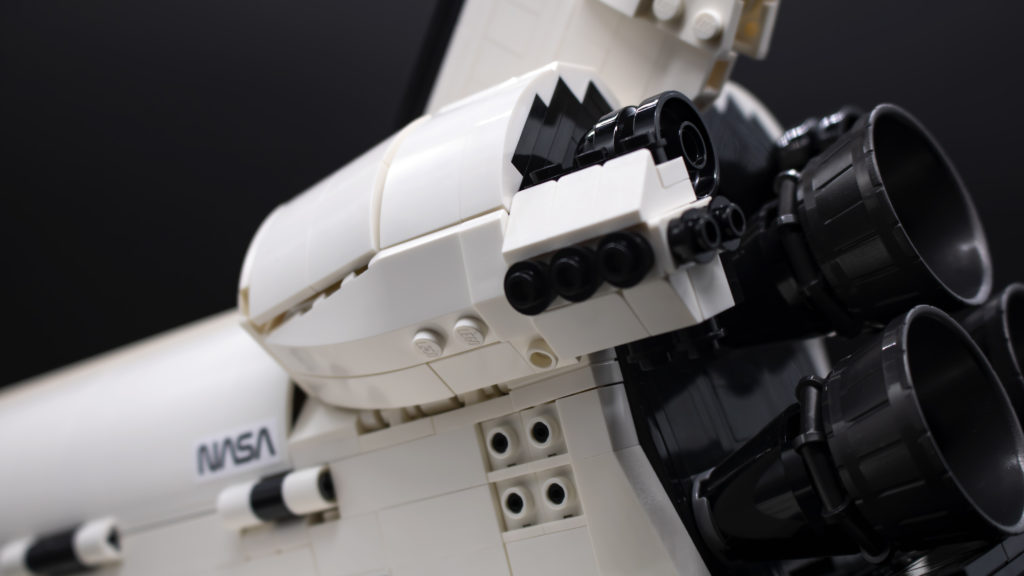
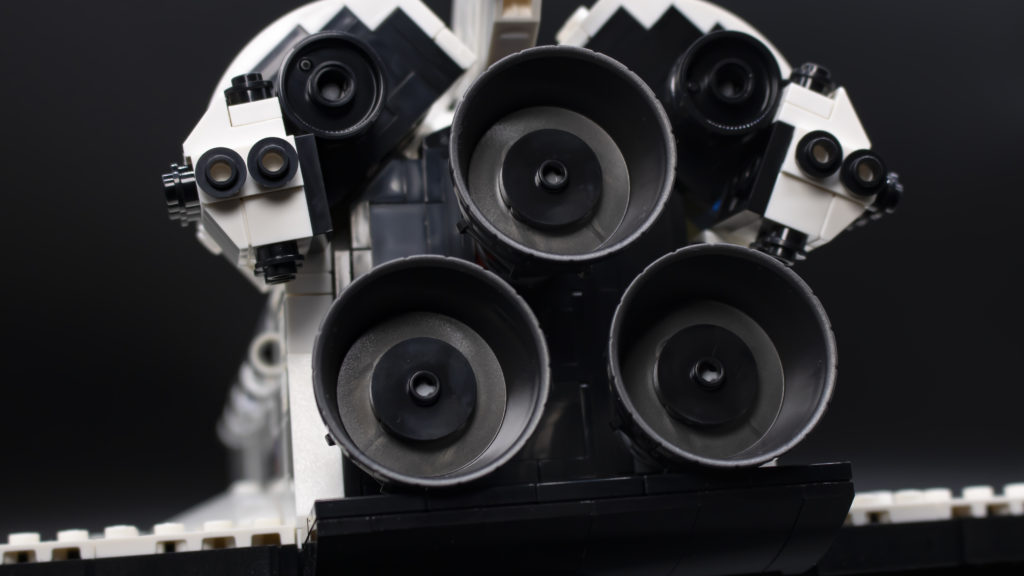
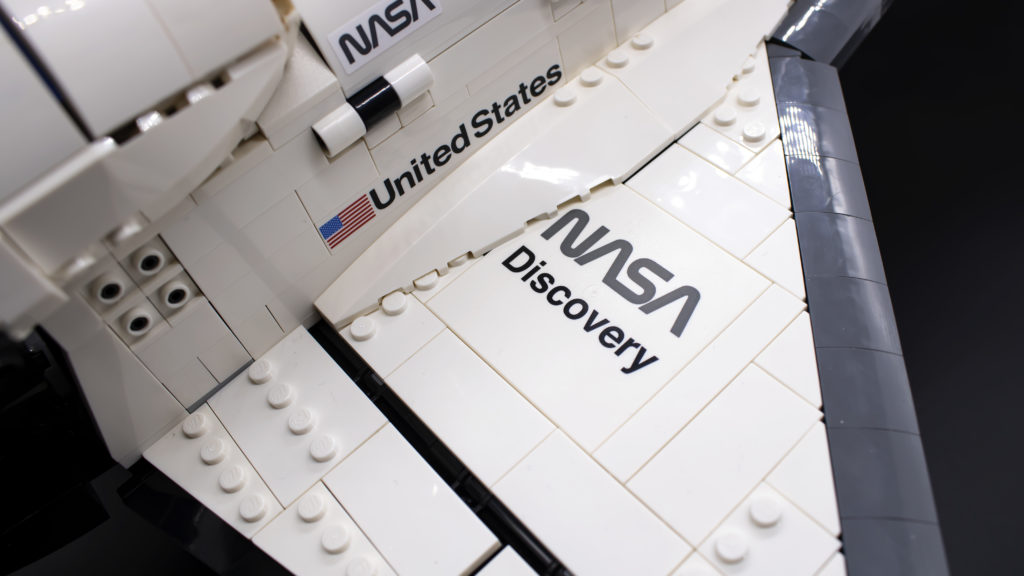
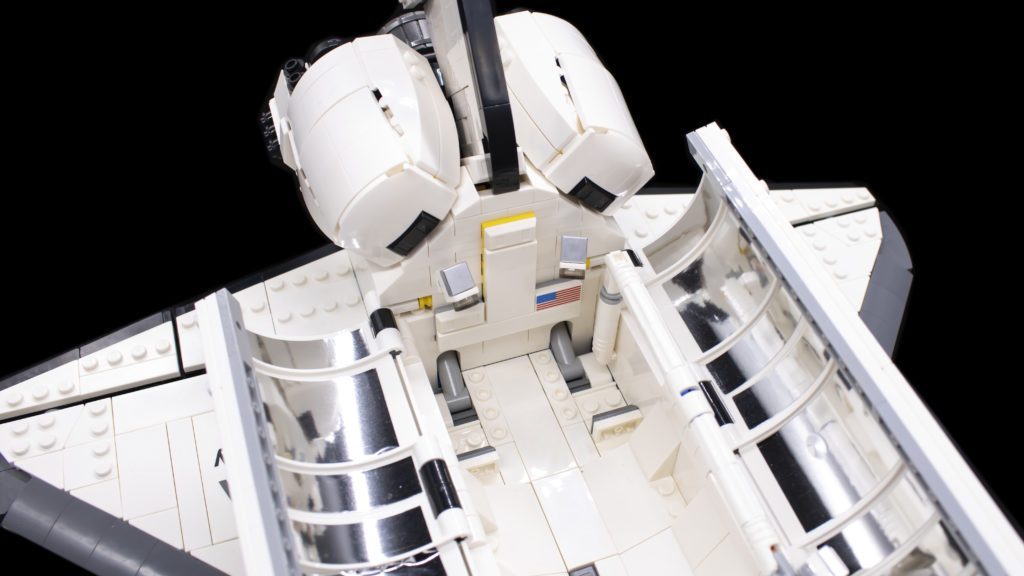
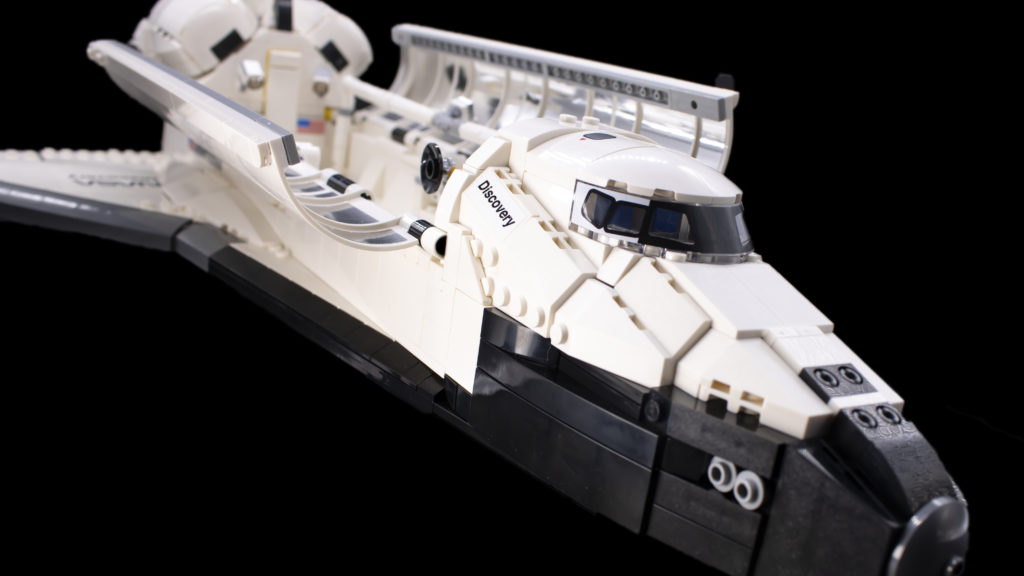
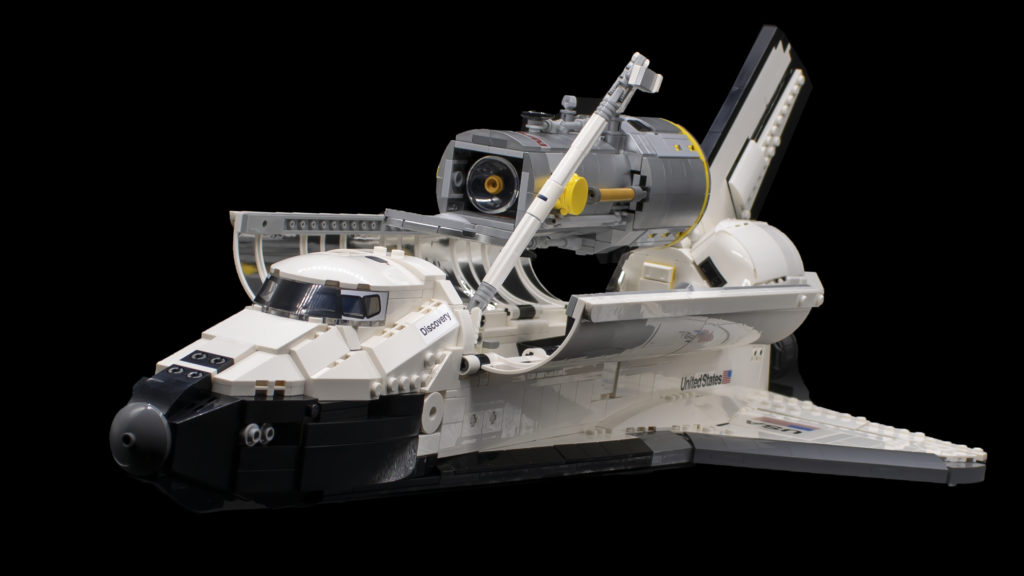
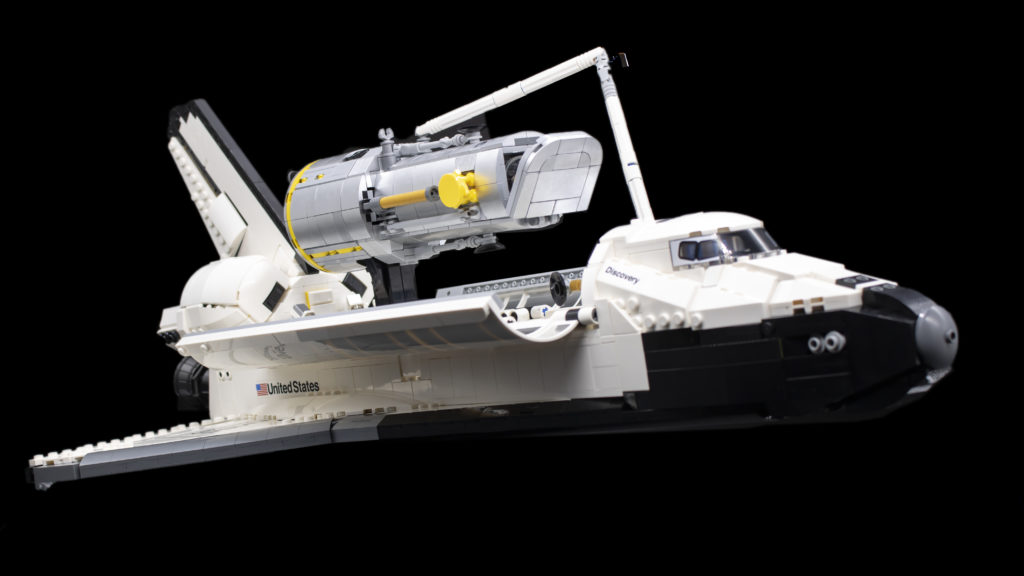
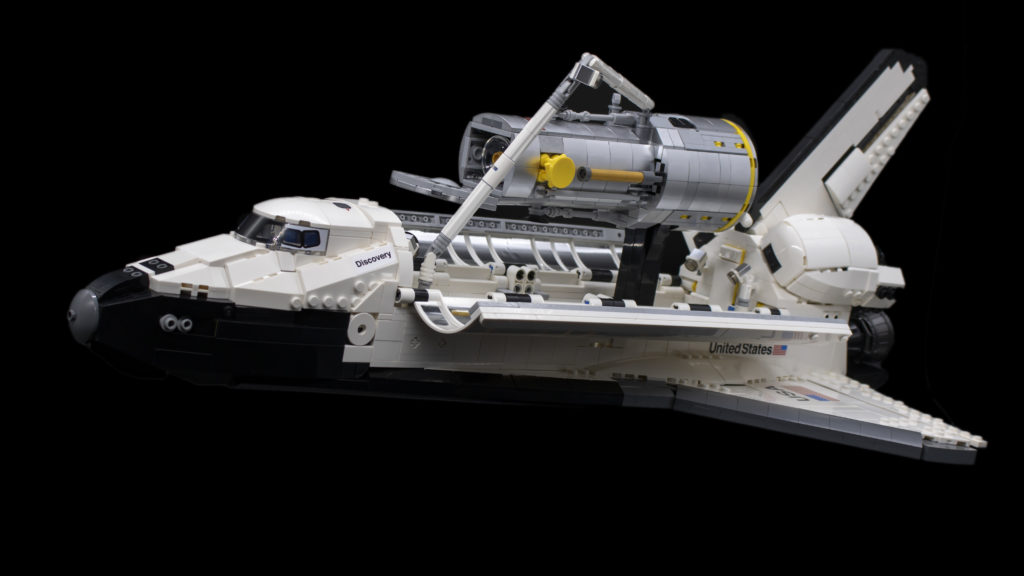
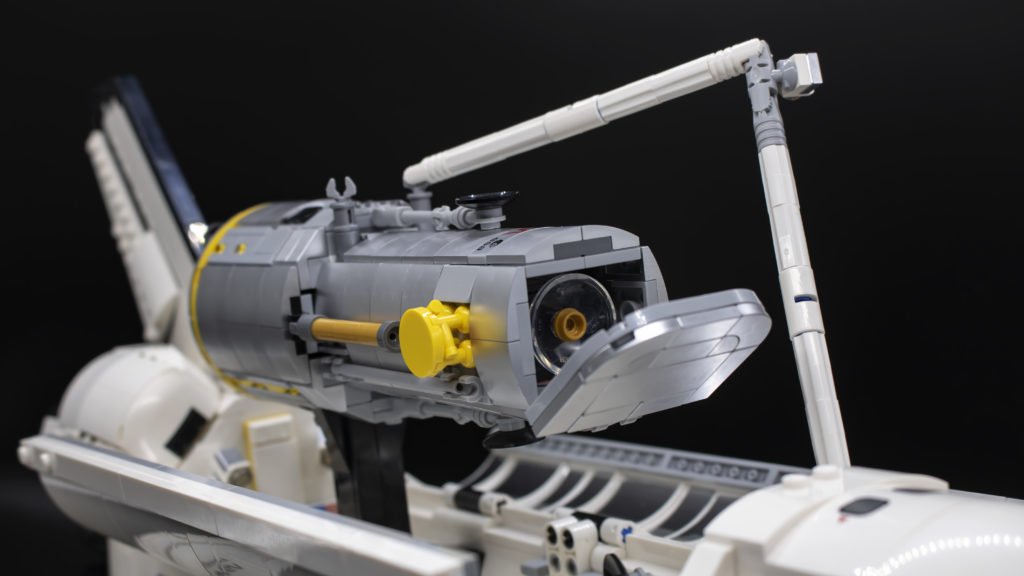
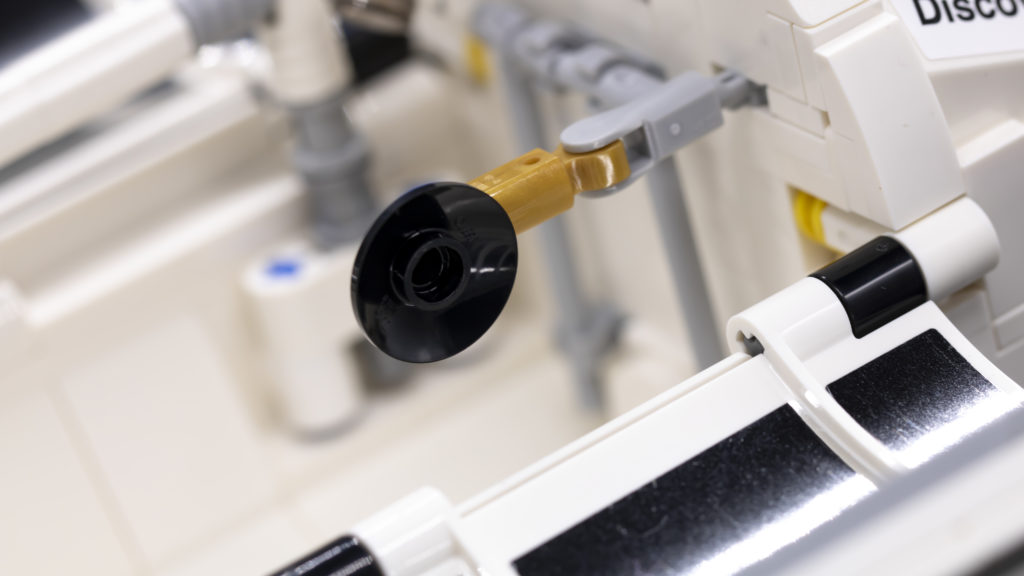
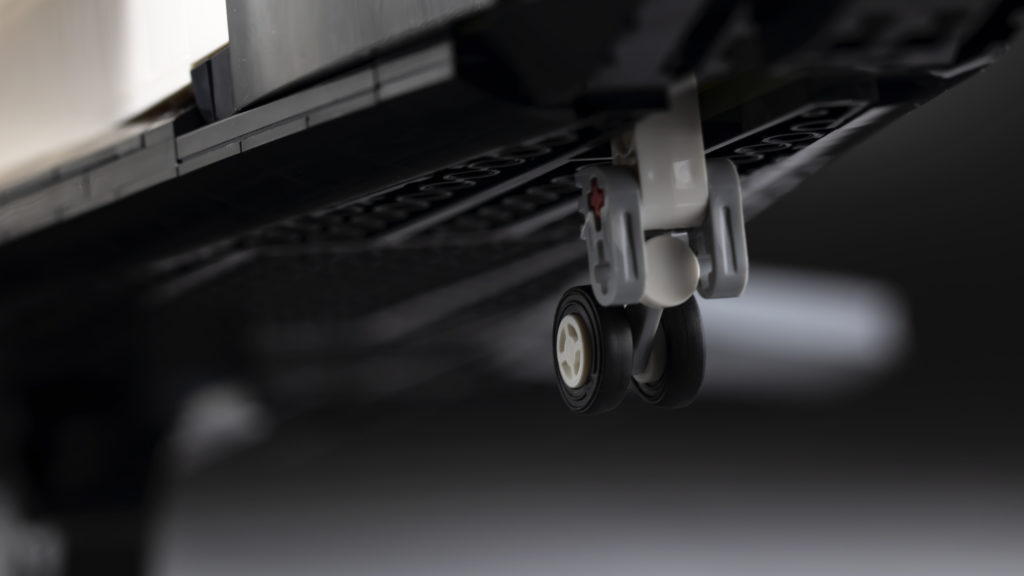
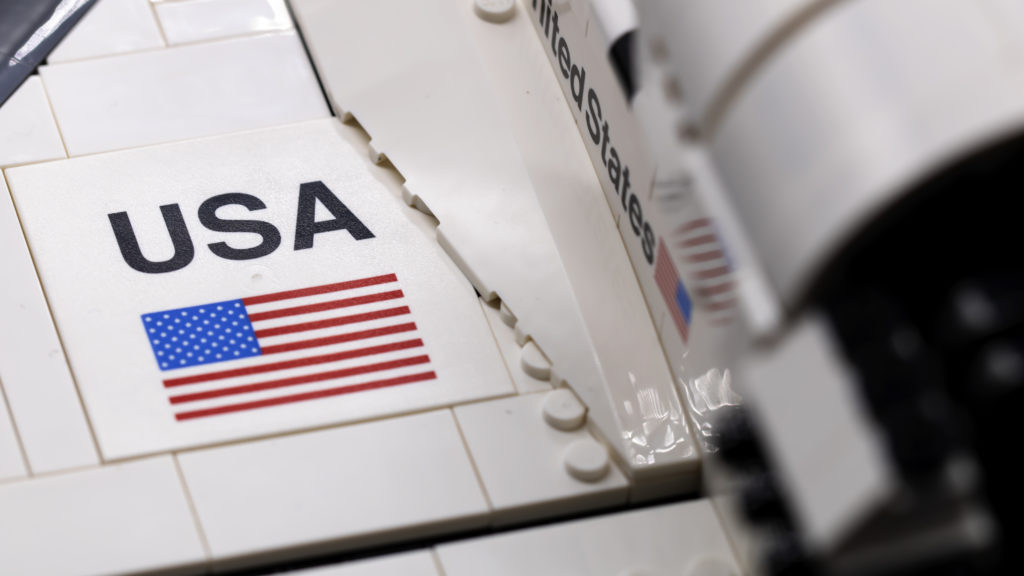
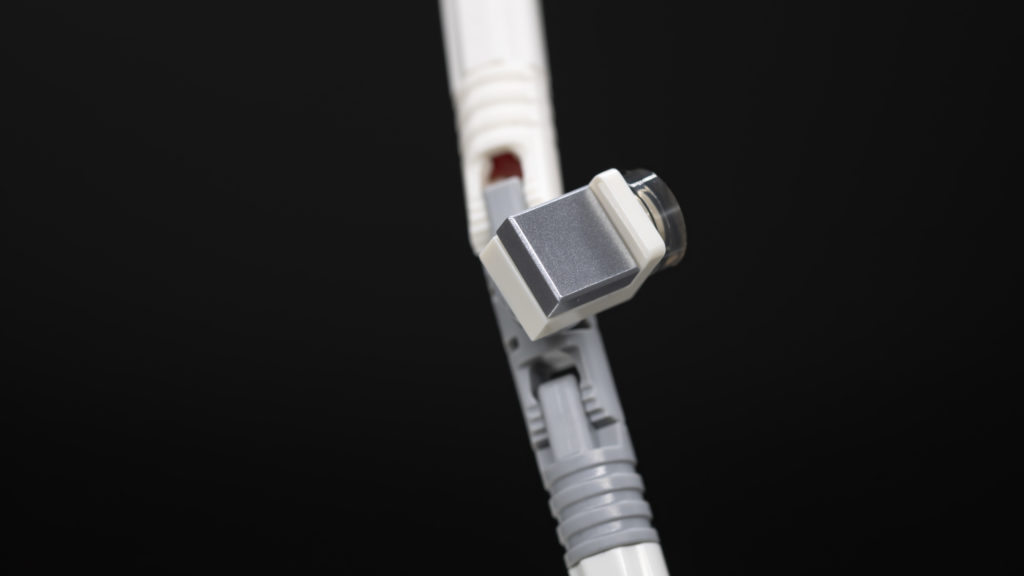
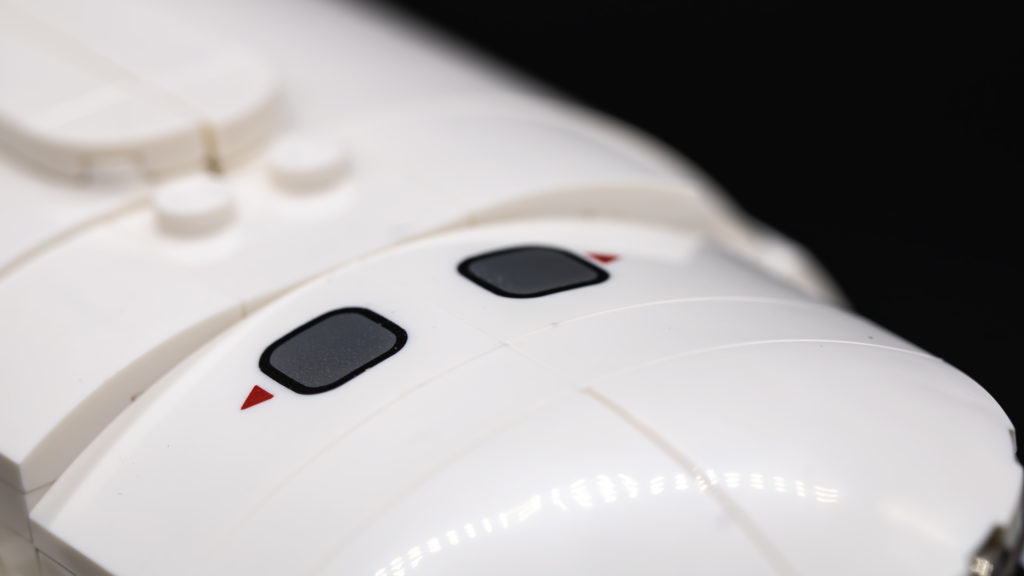
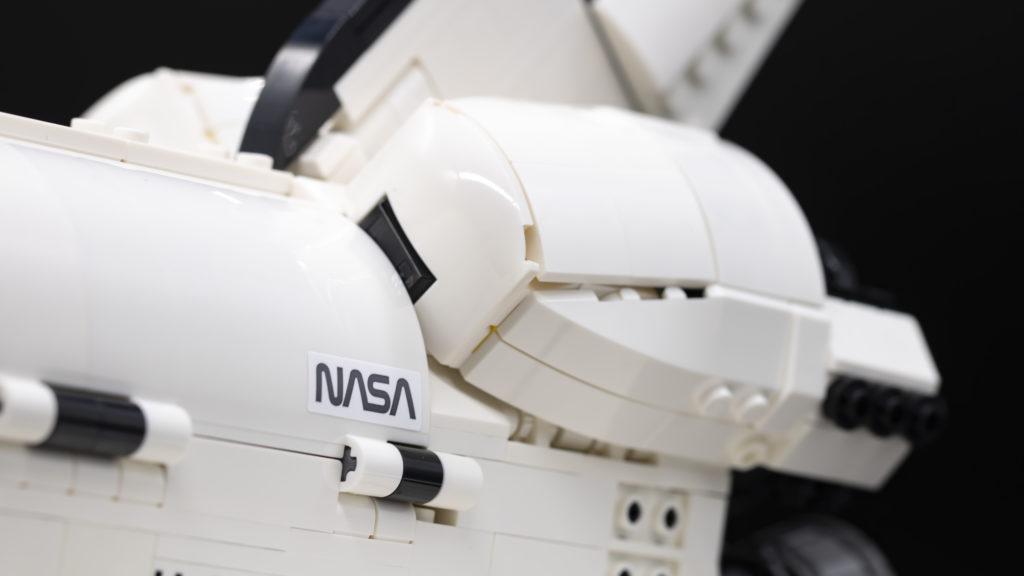
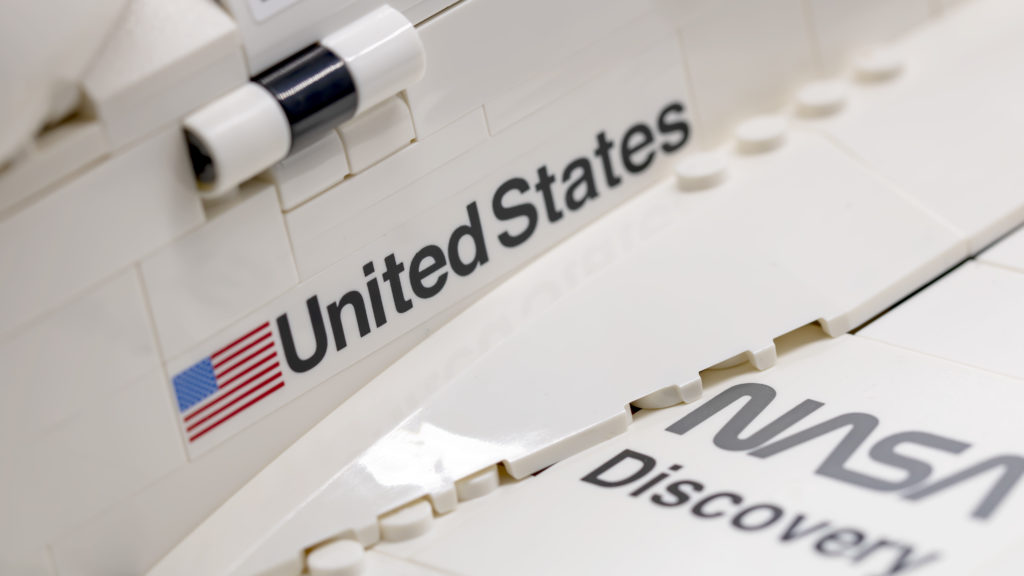
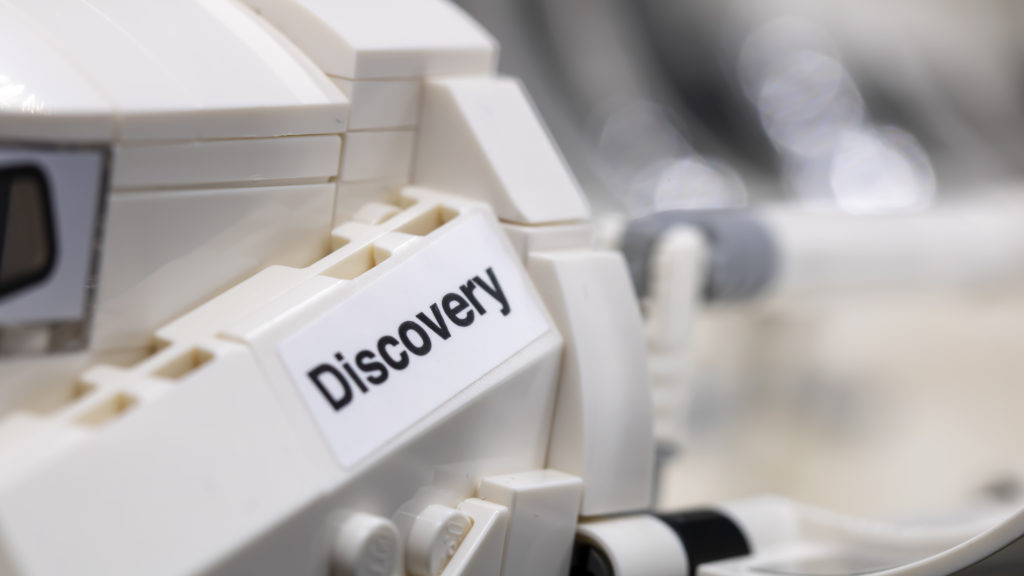
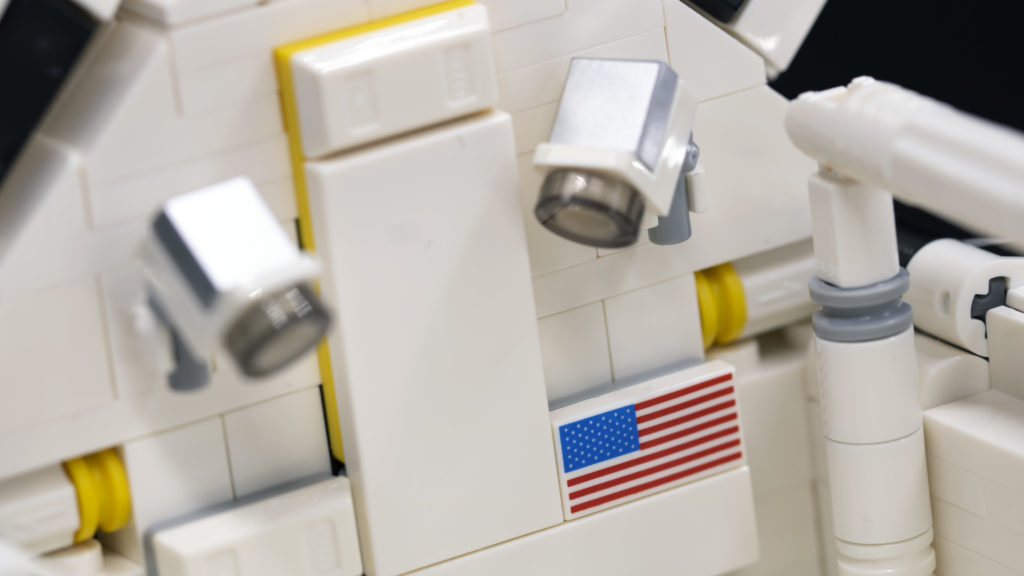
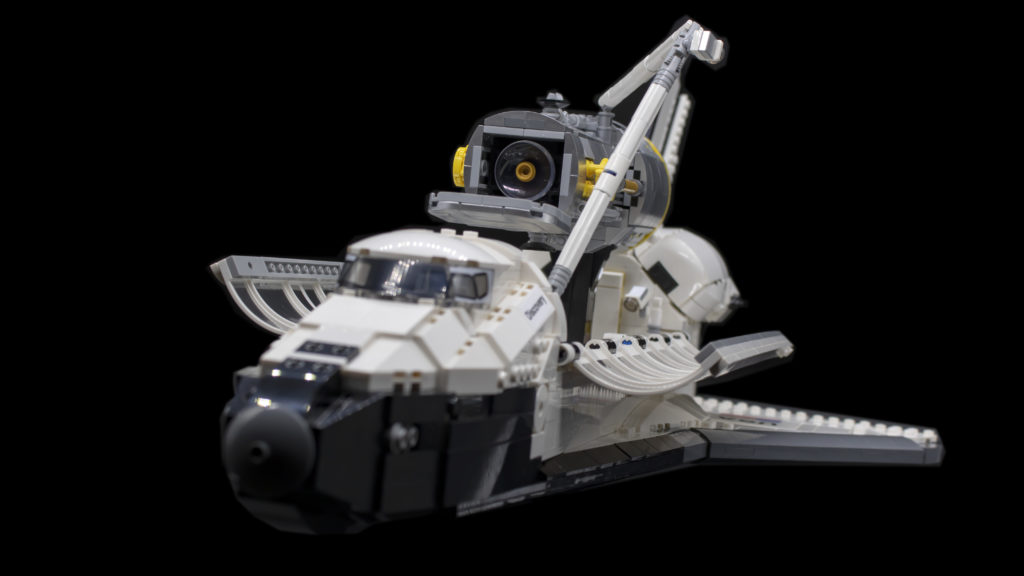
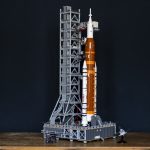
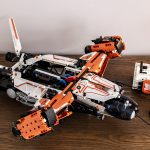
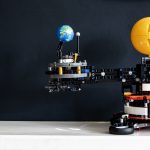

At last a good detailed review by someone. Thank you very much!